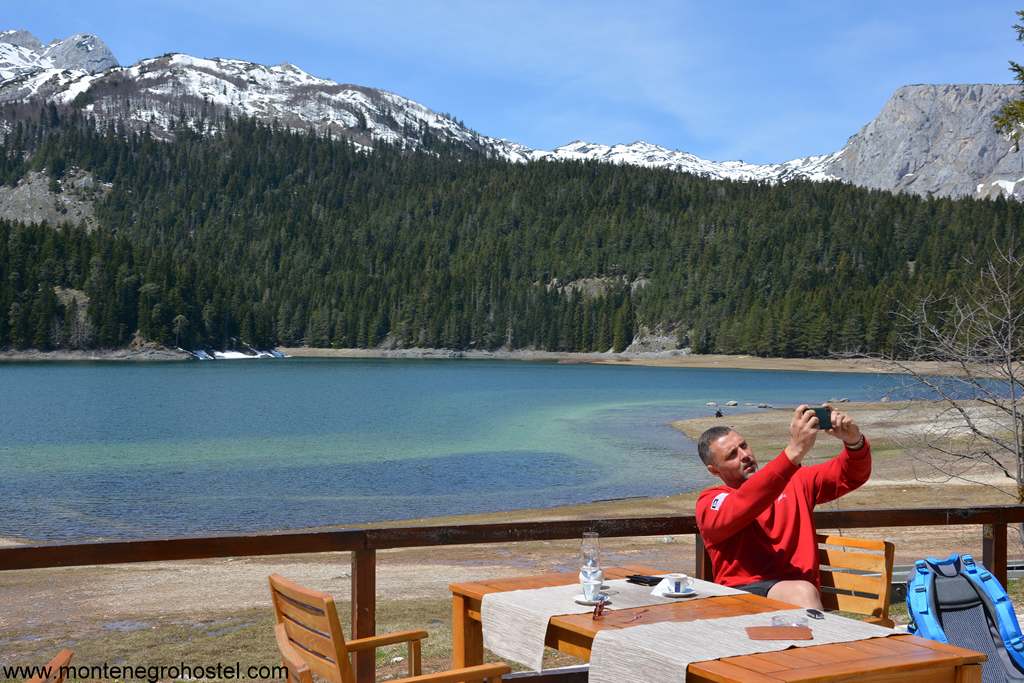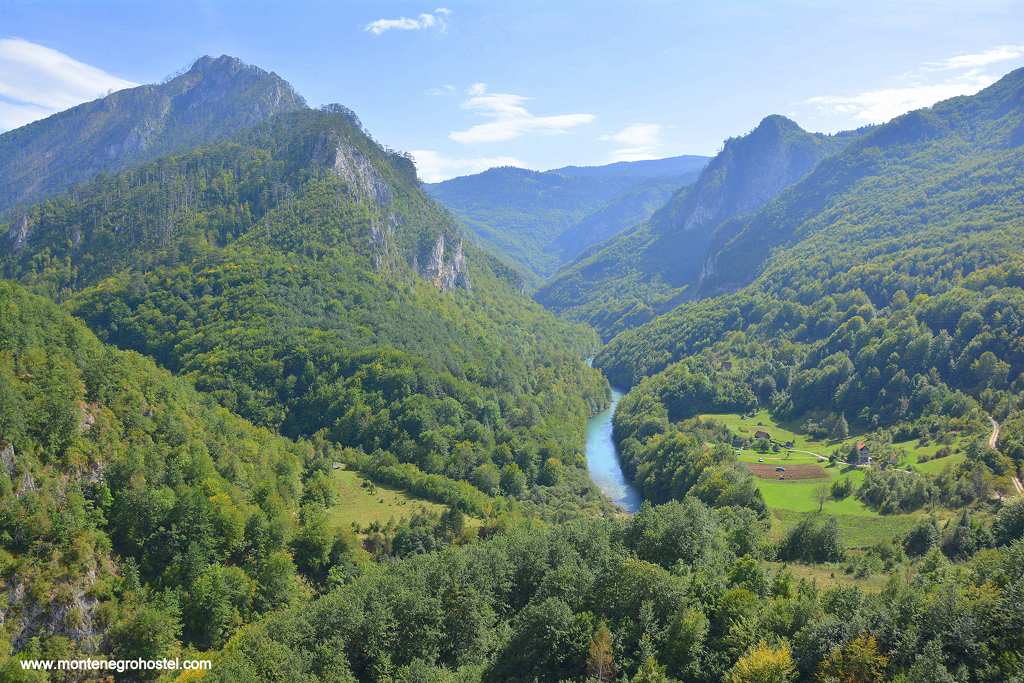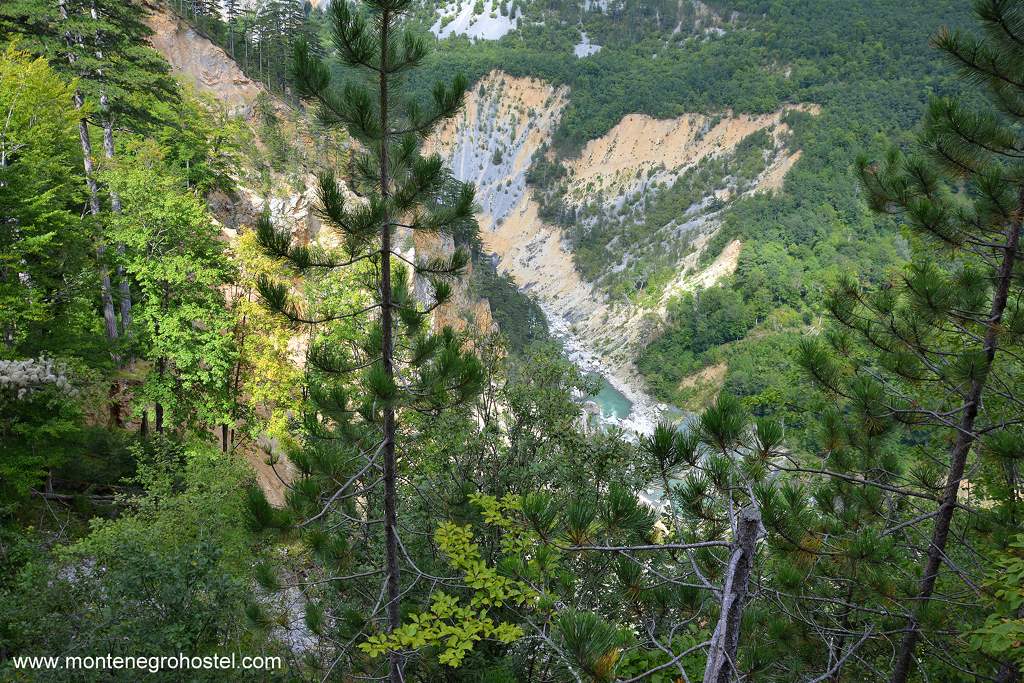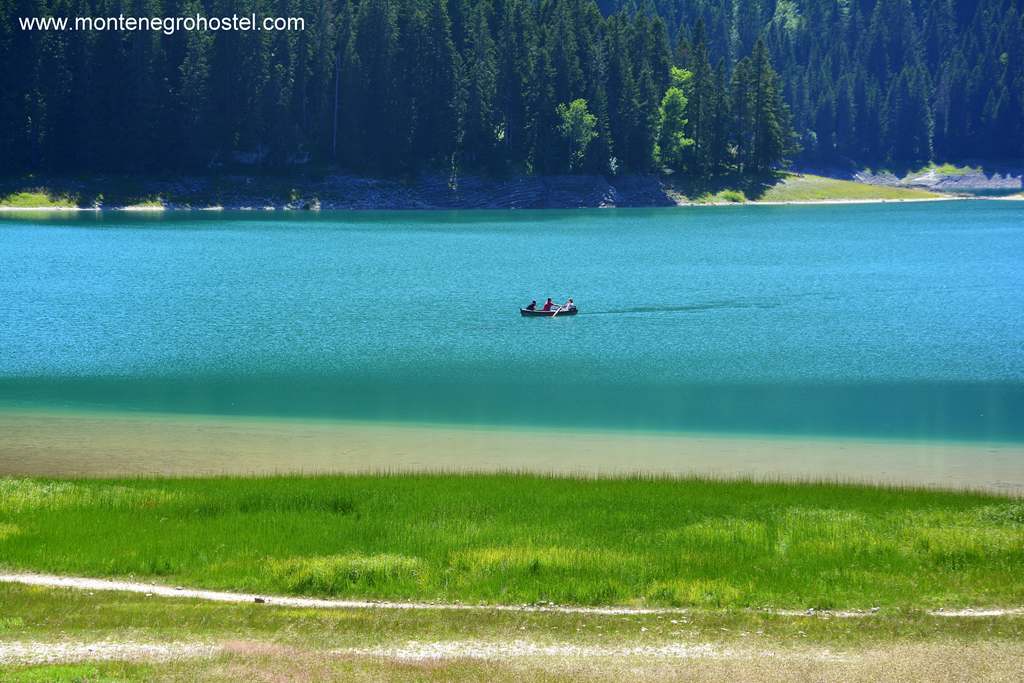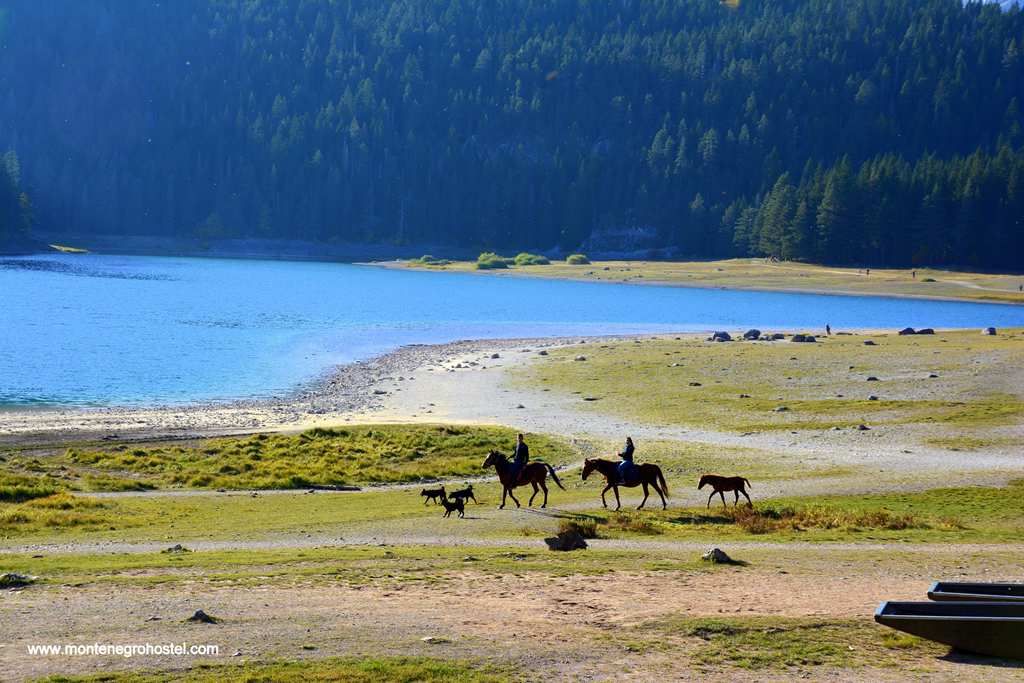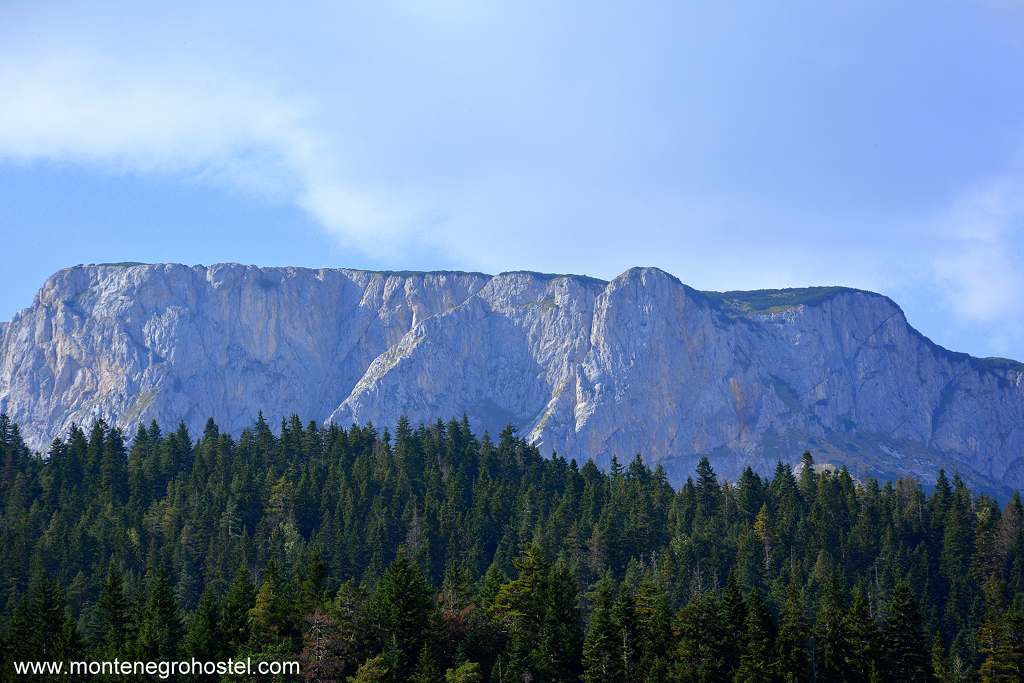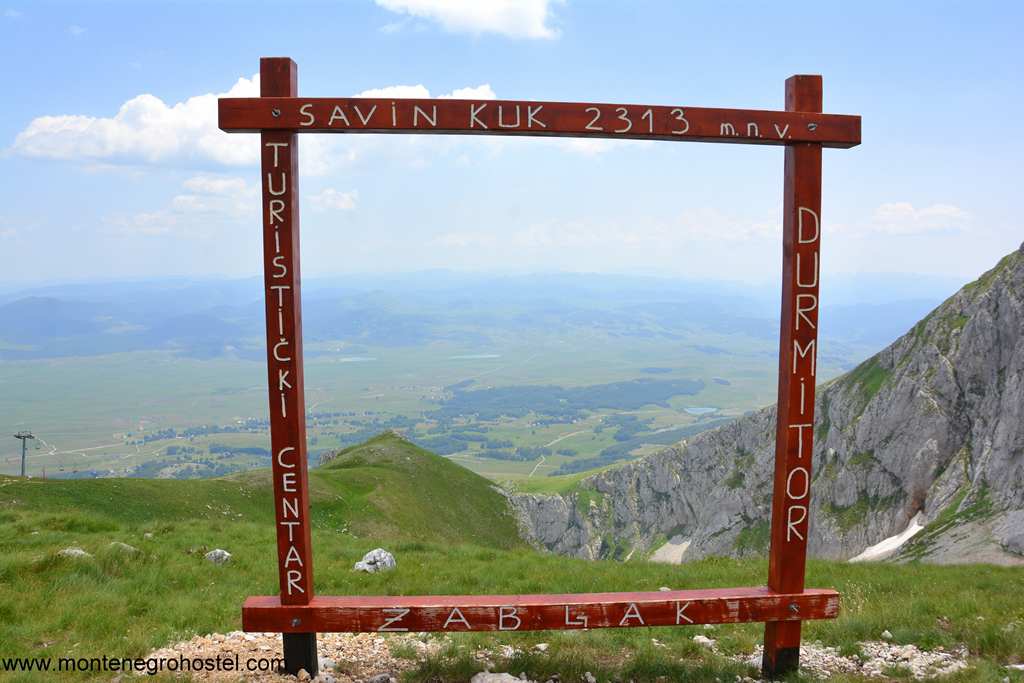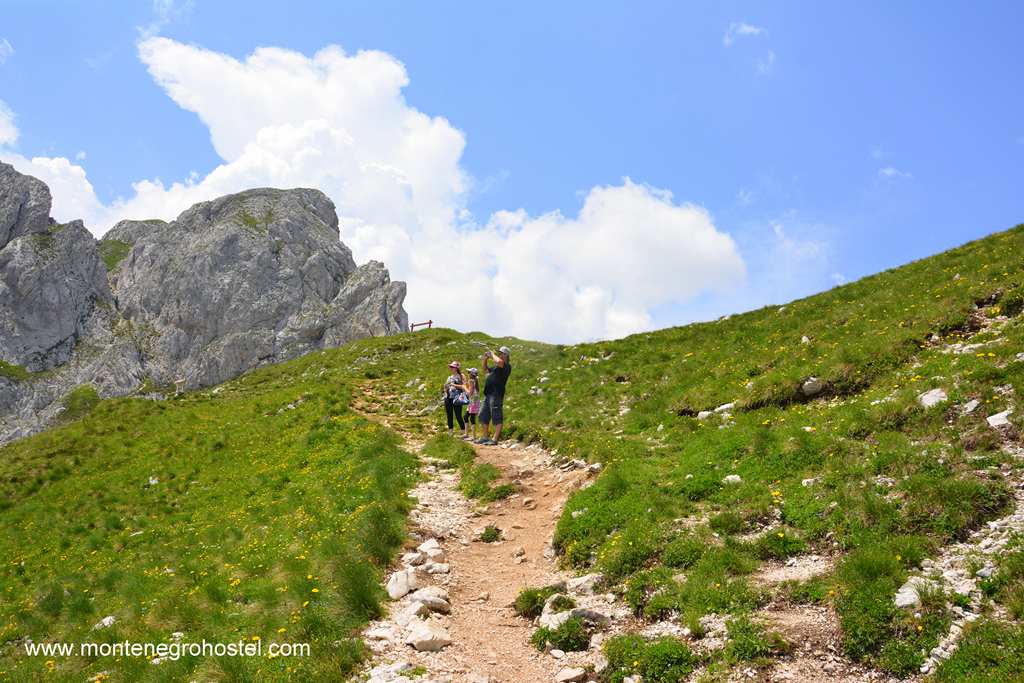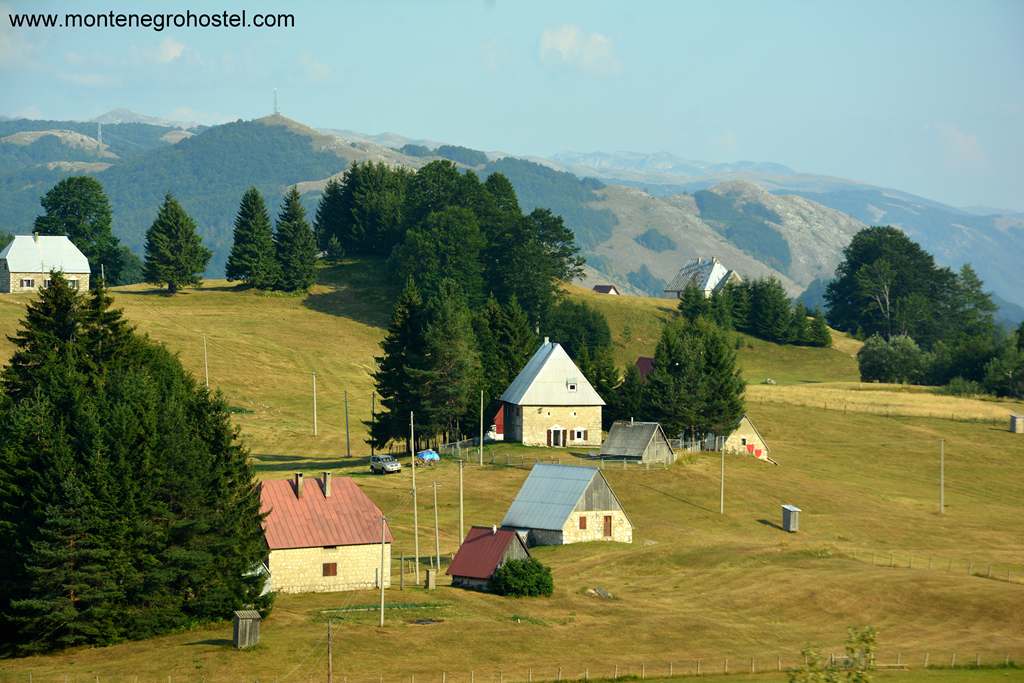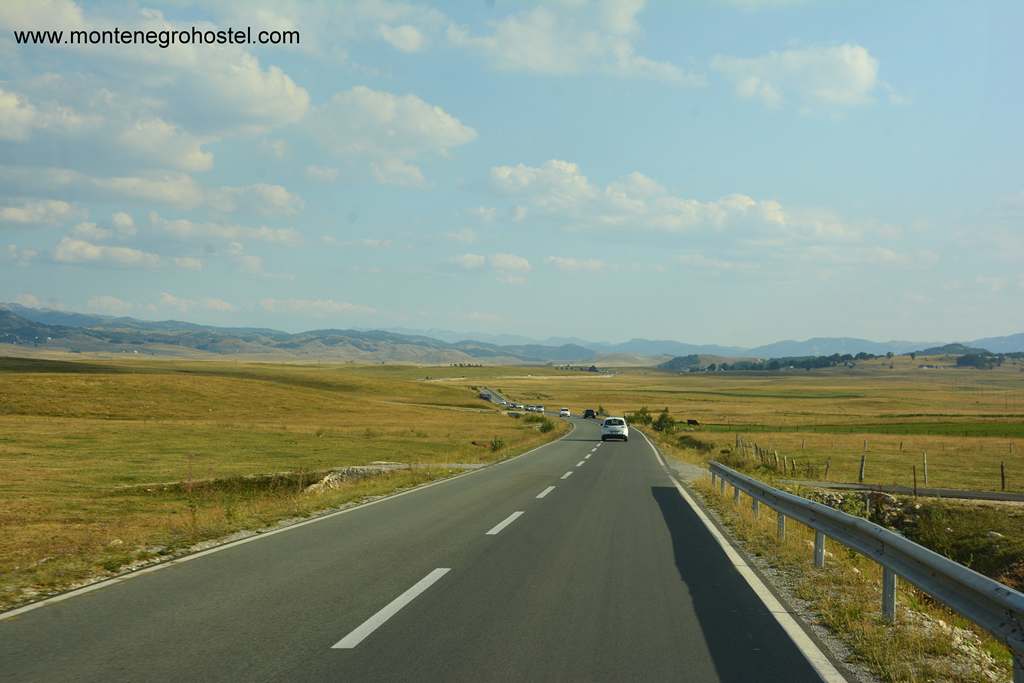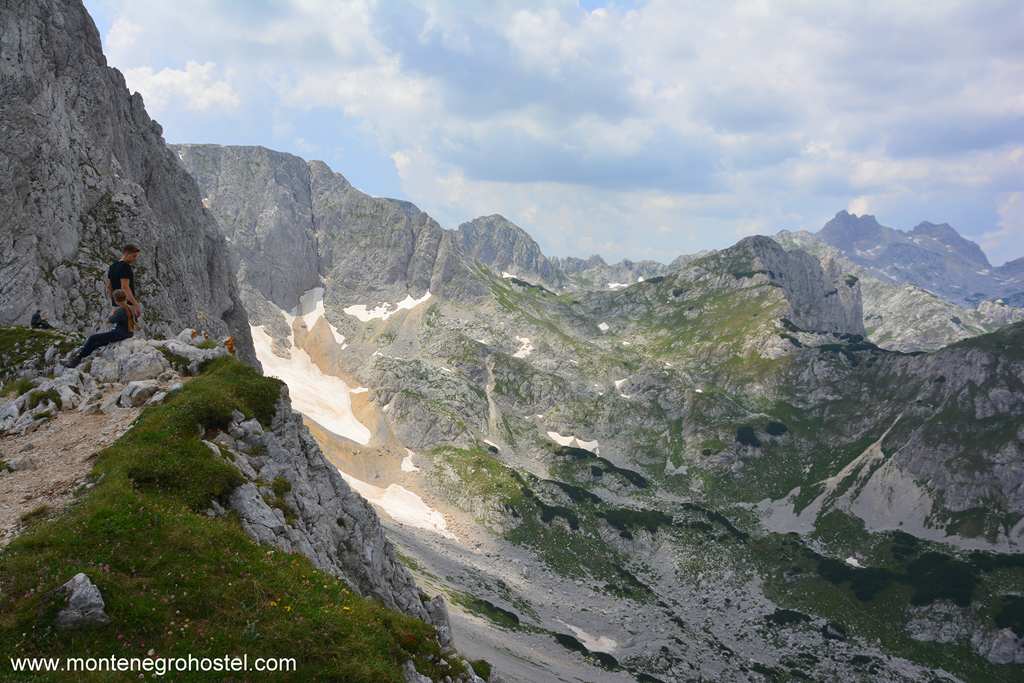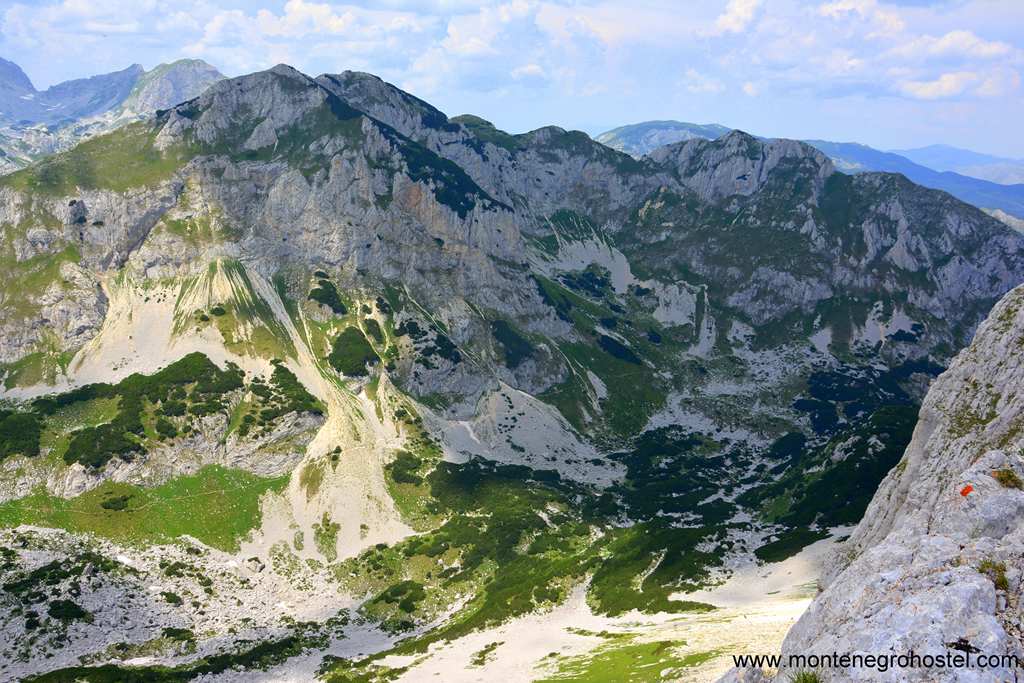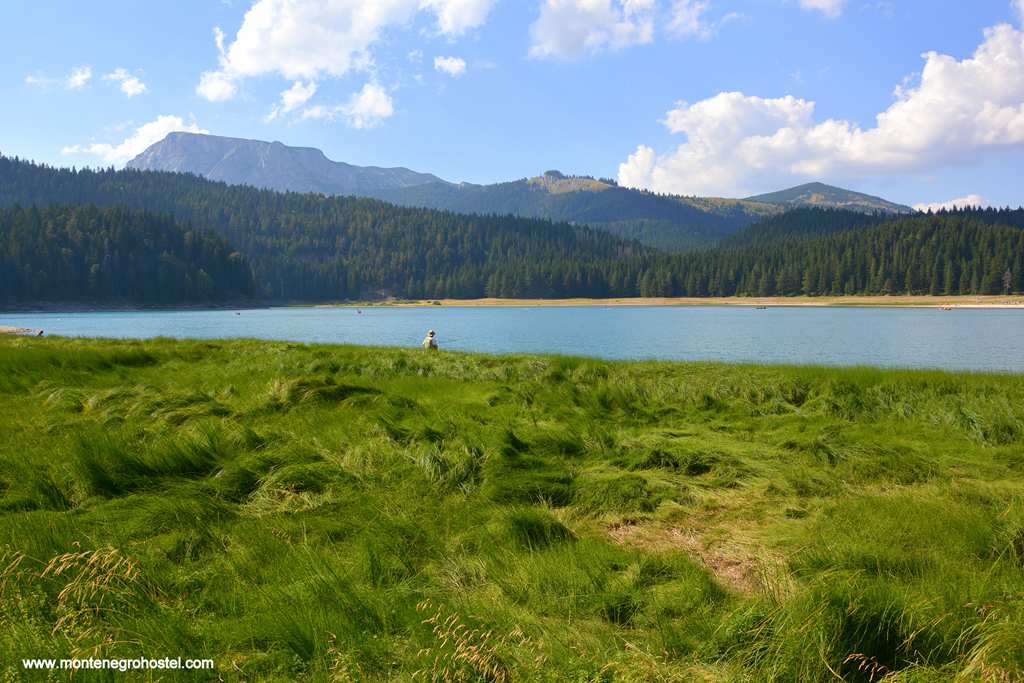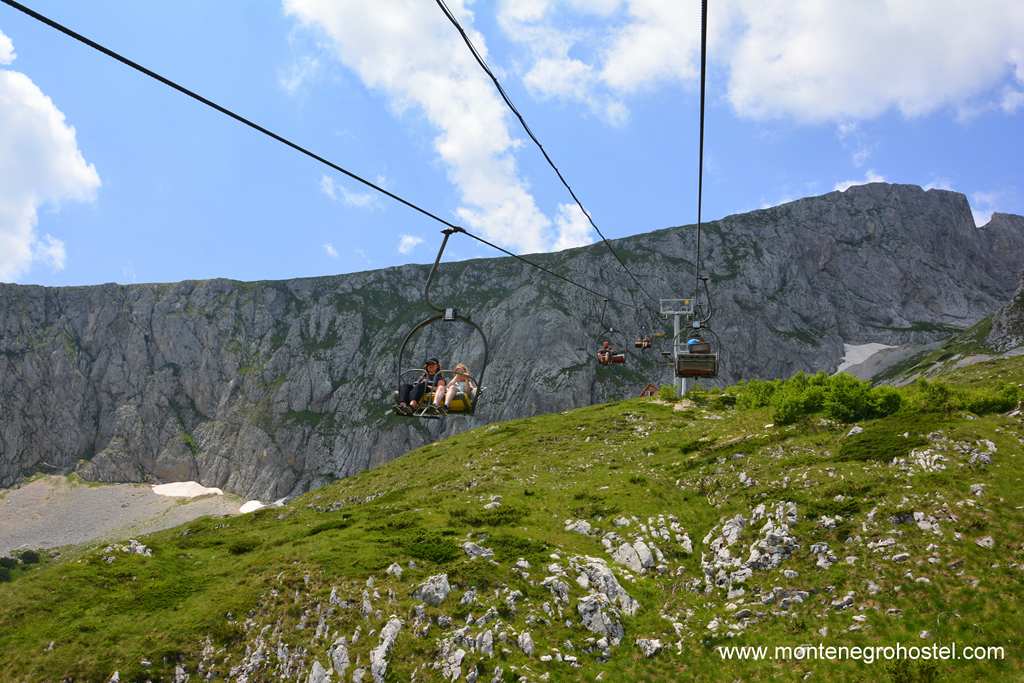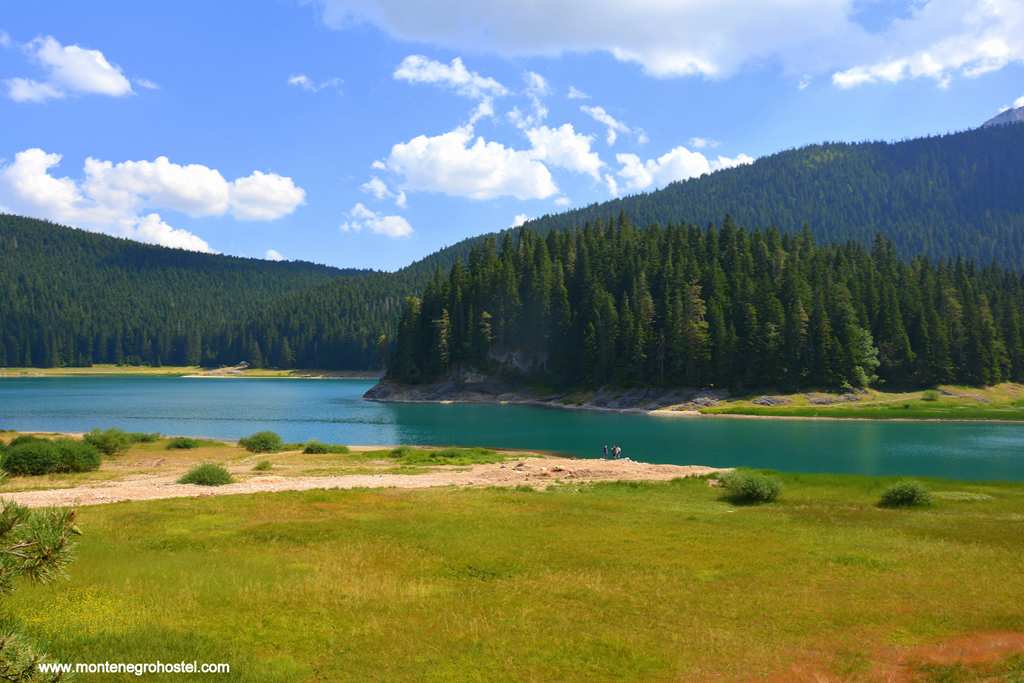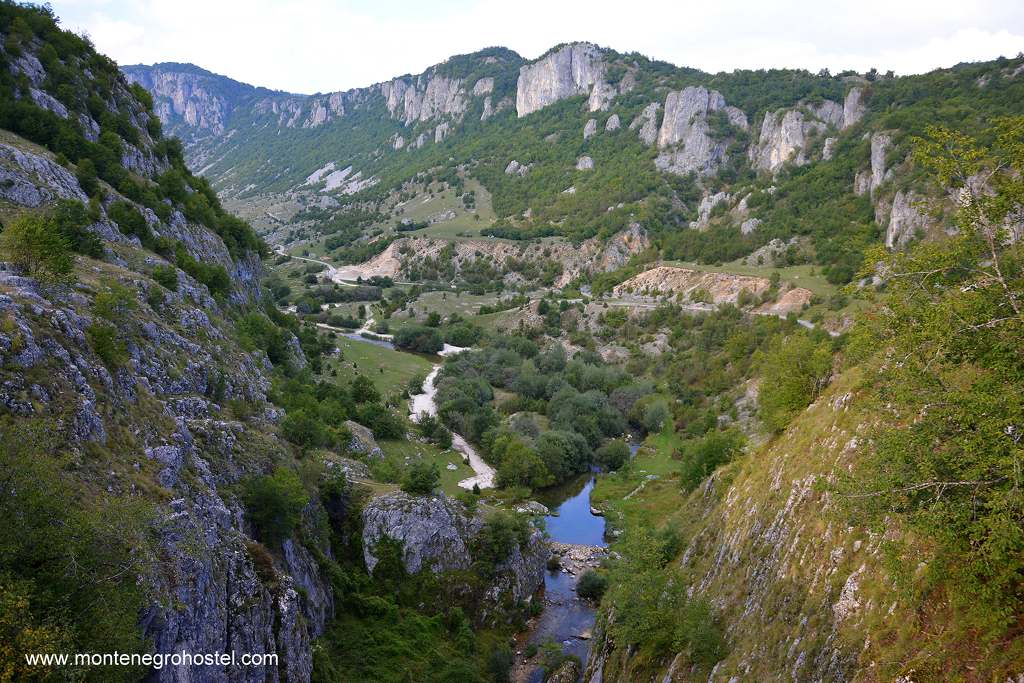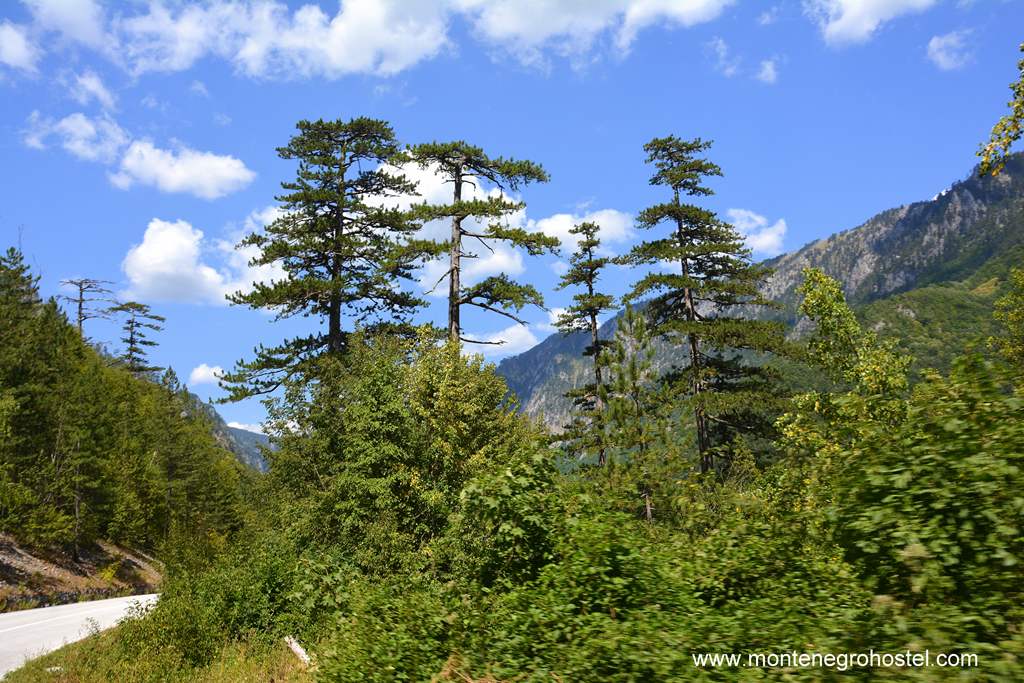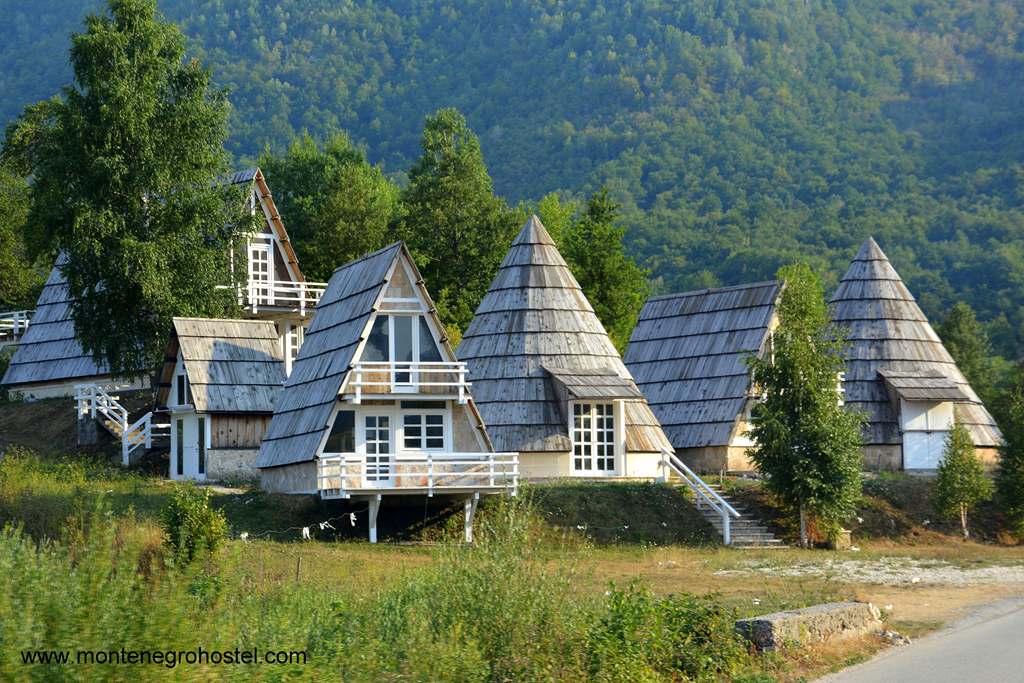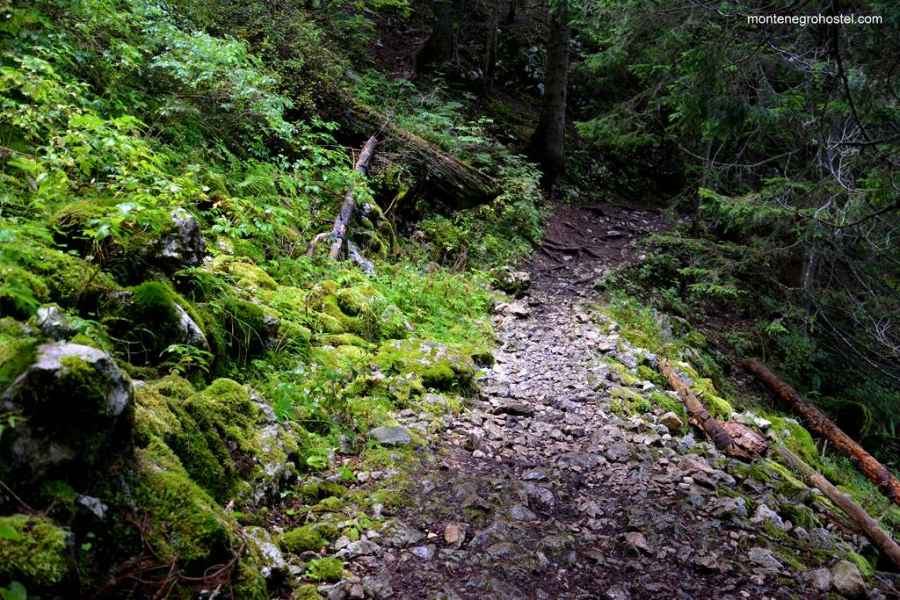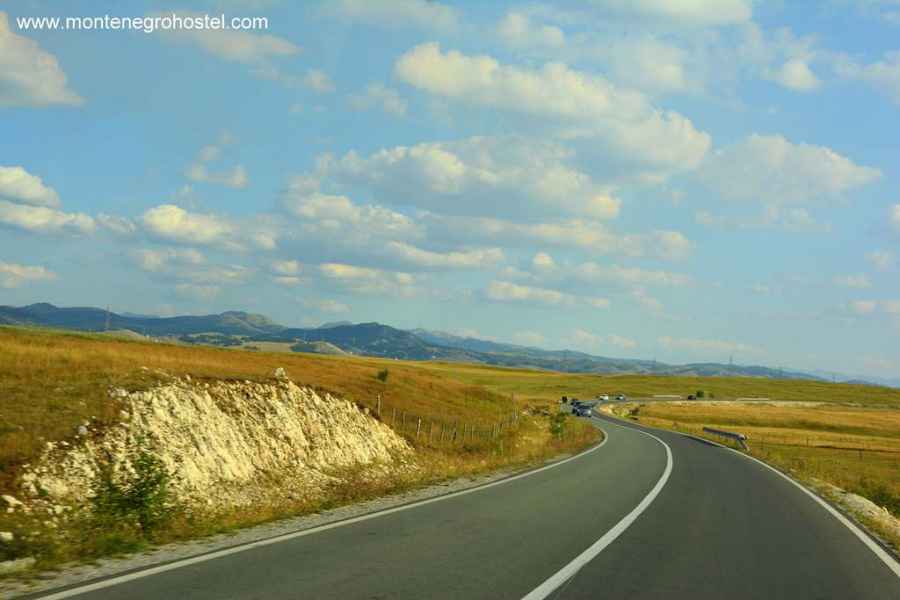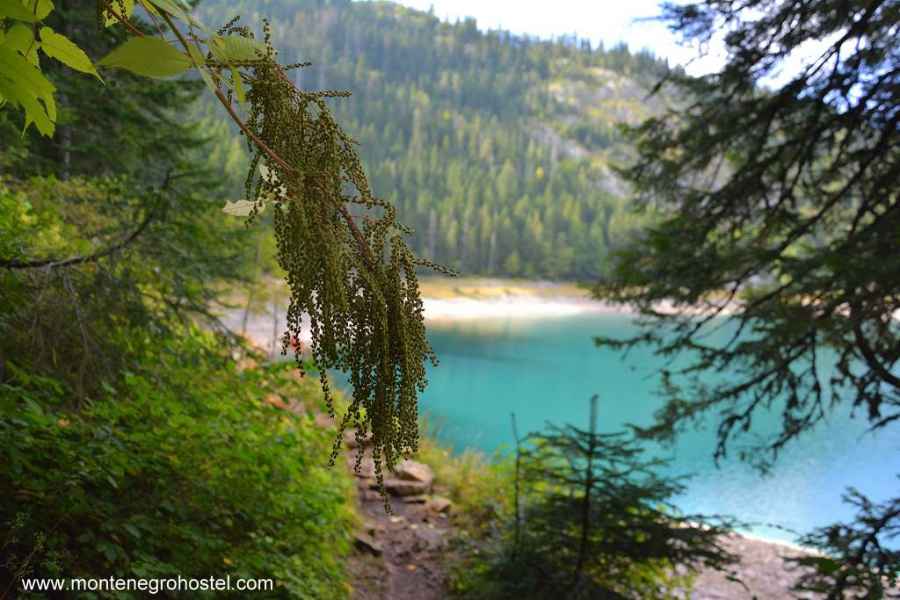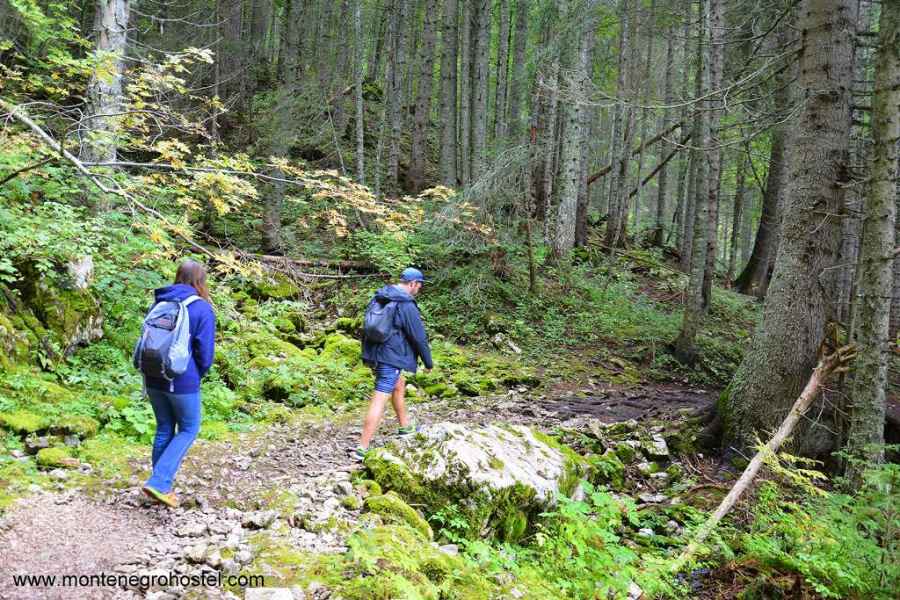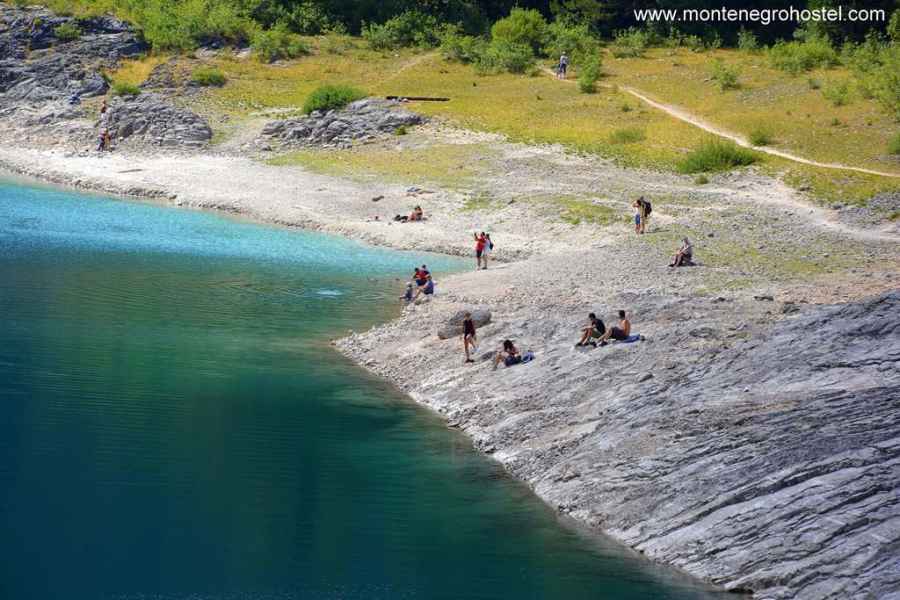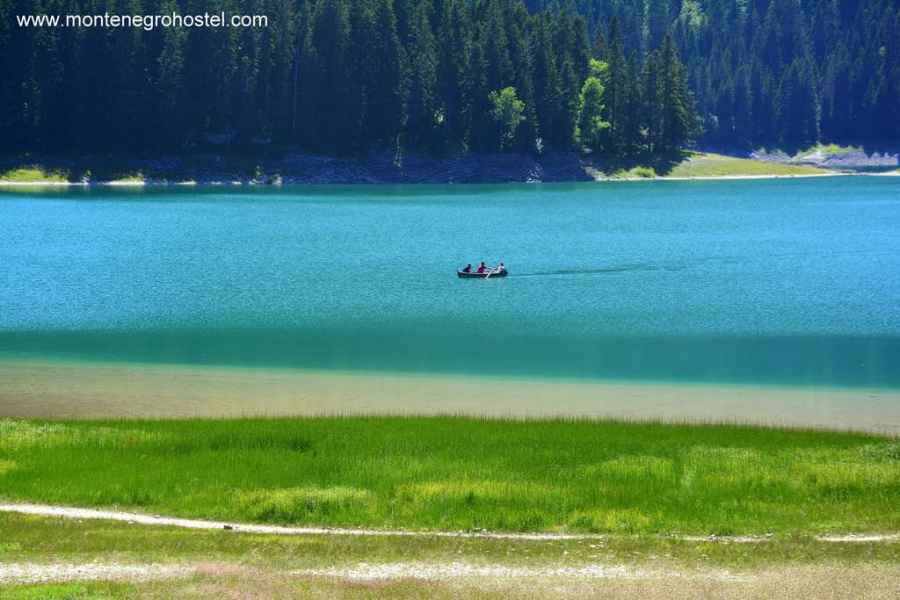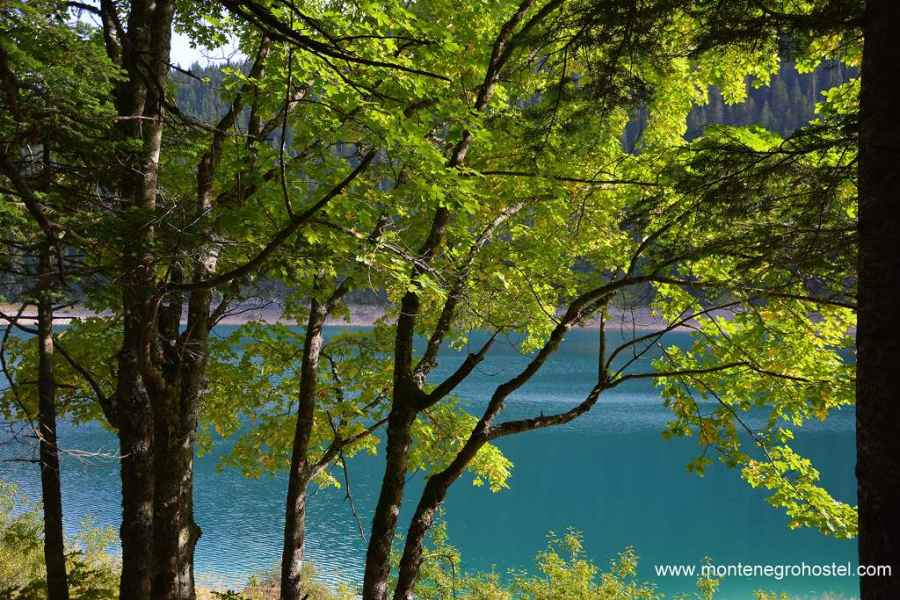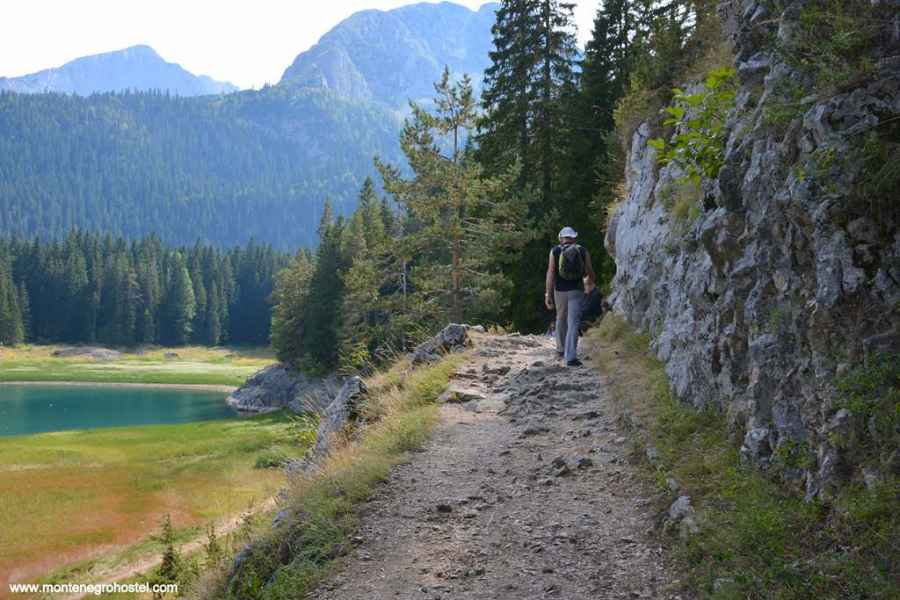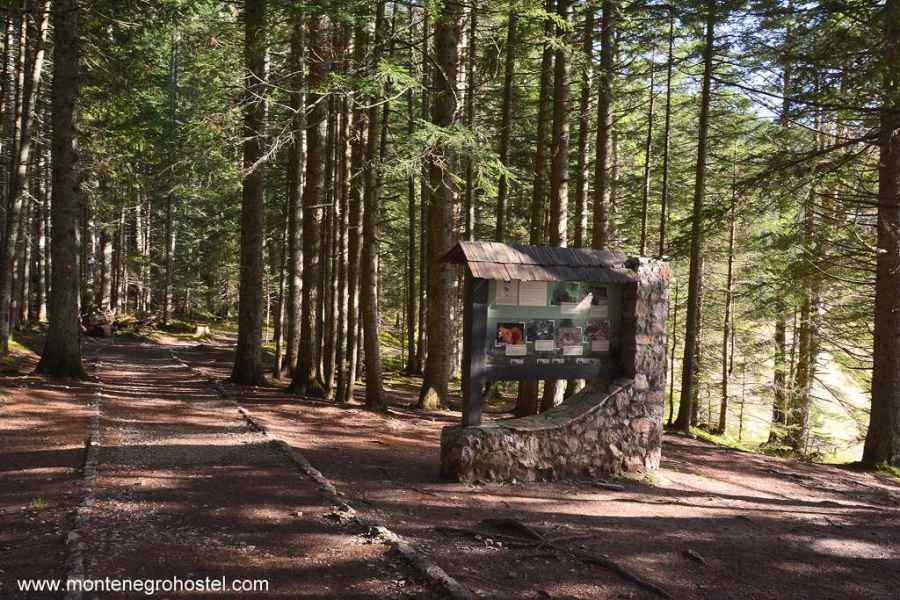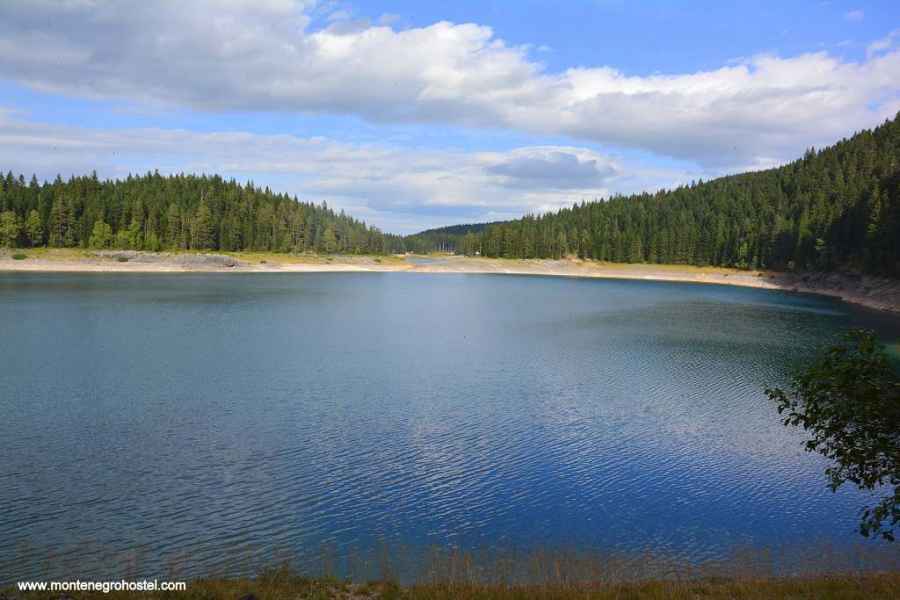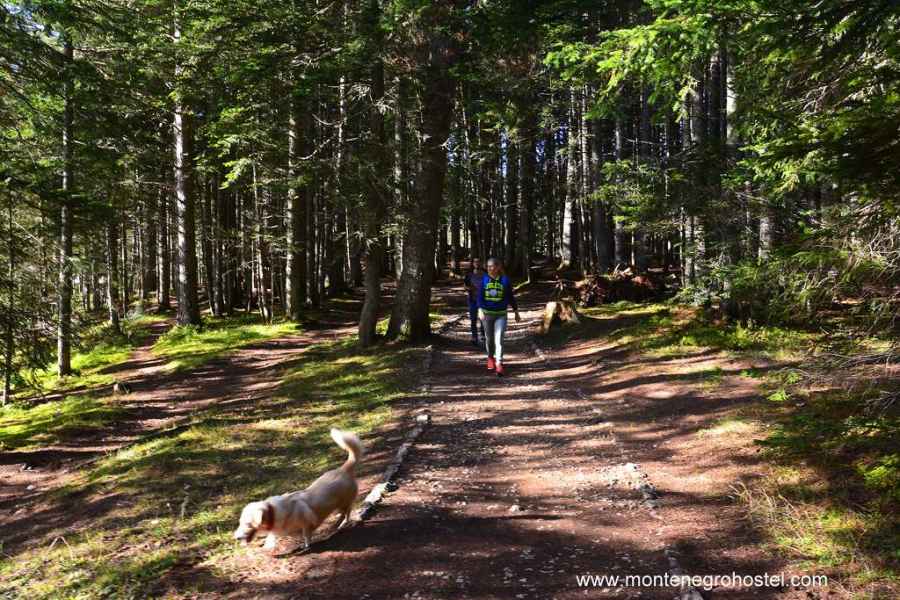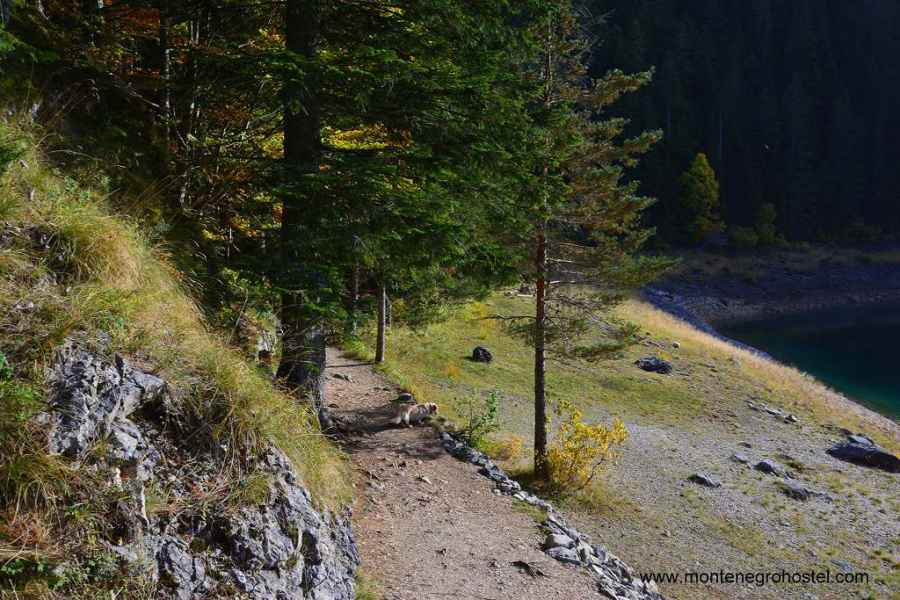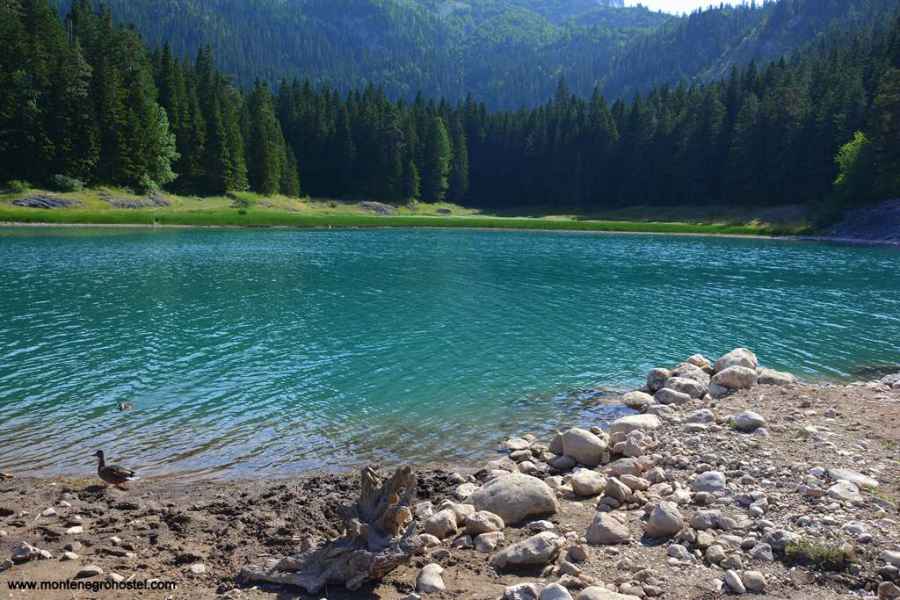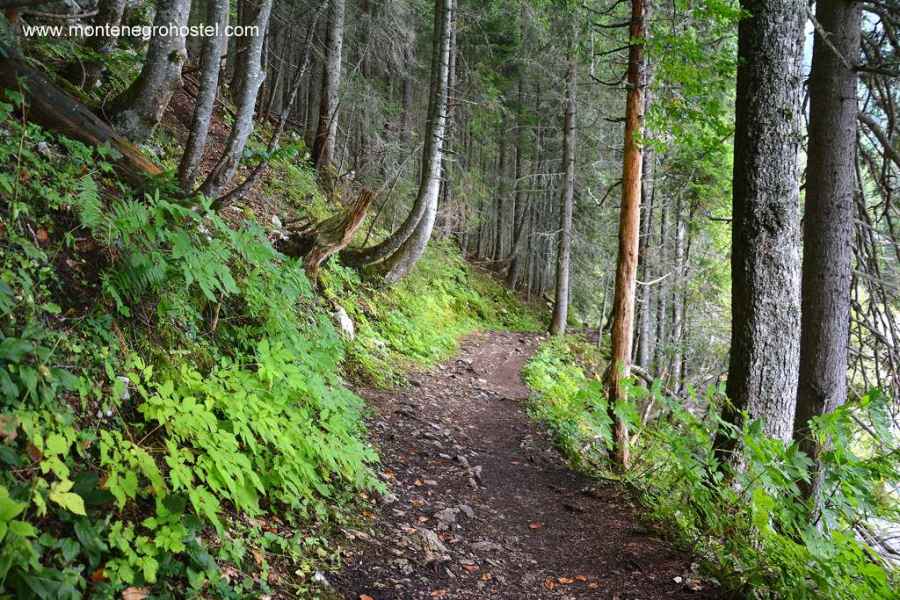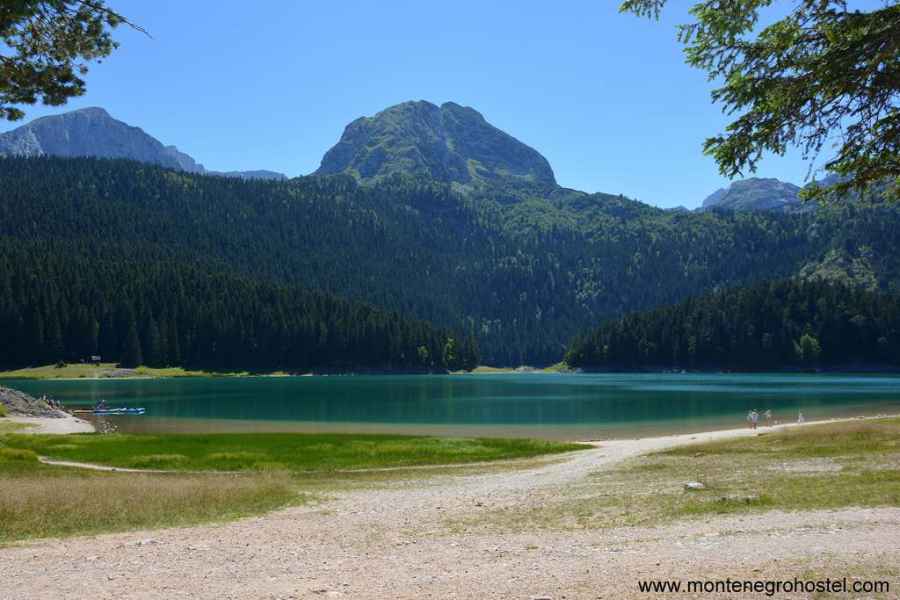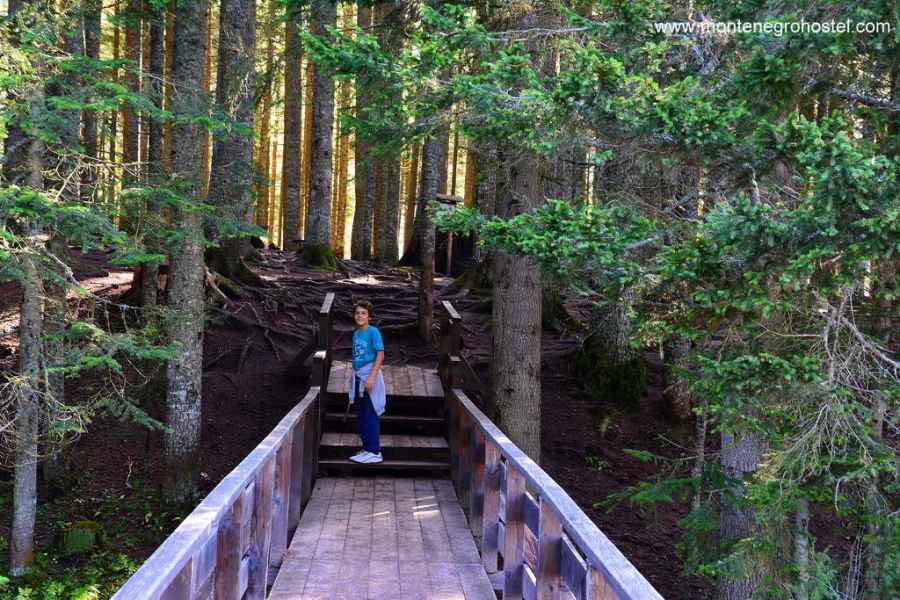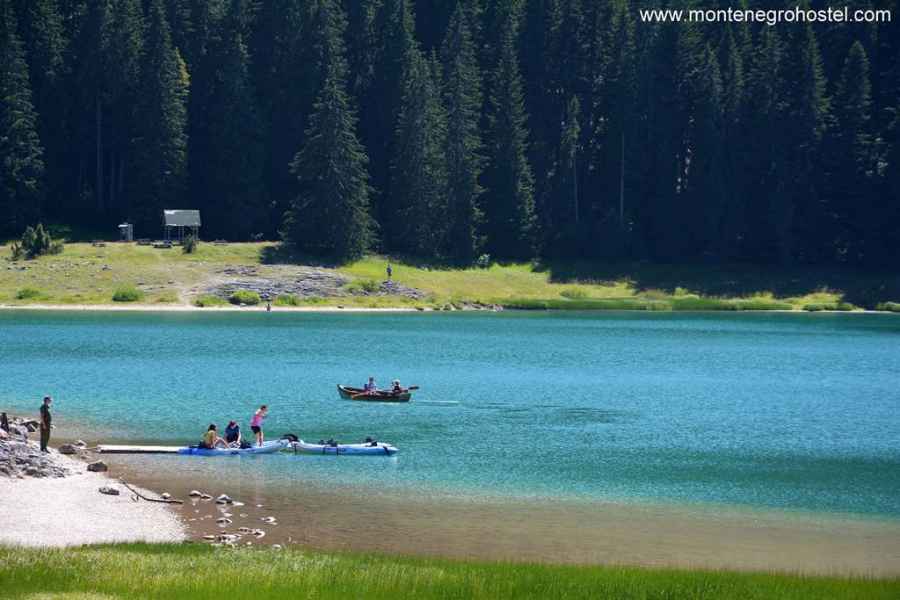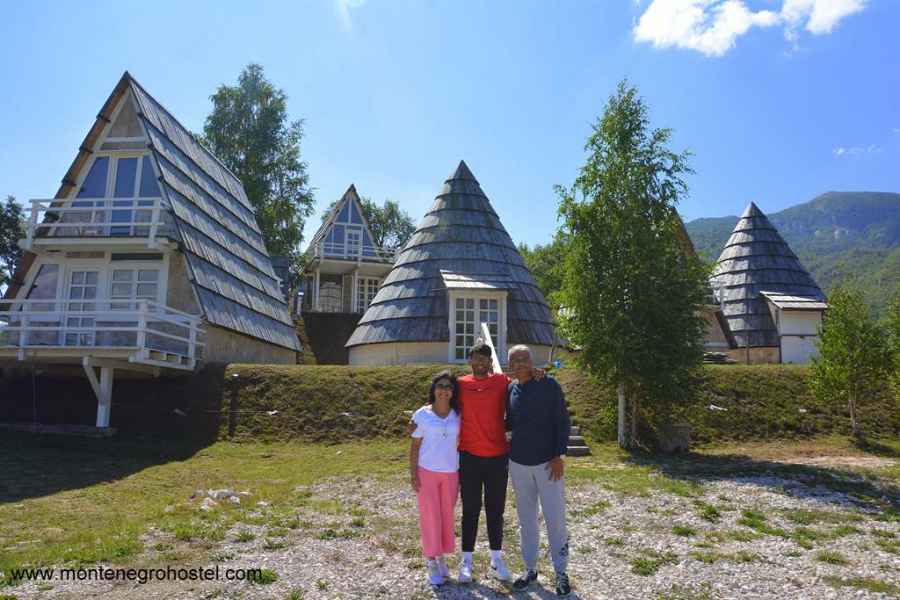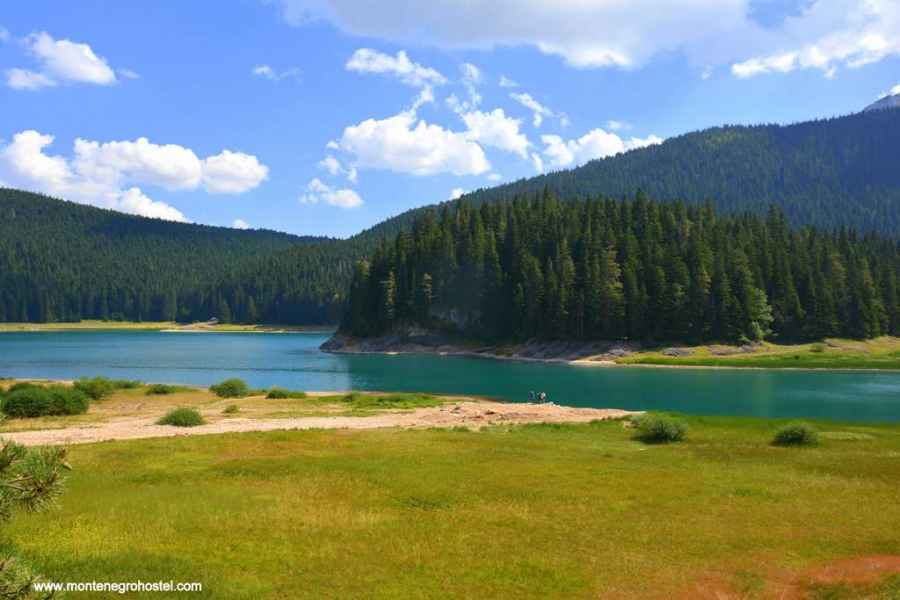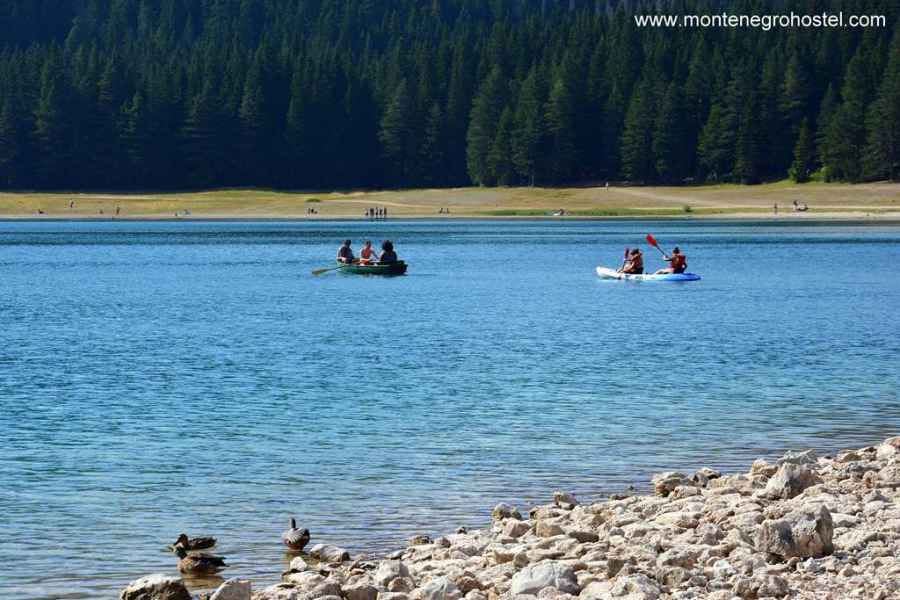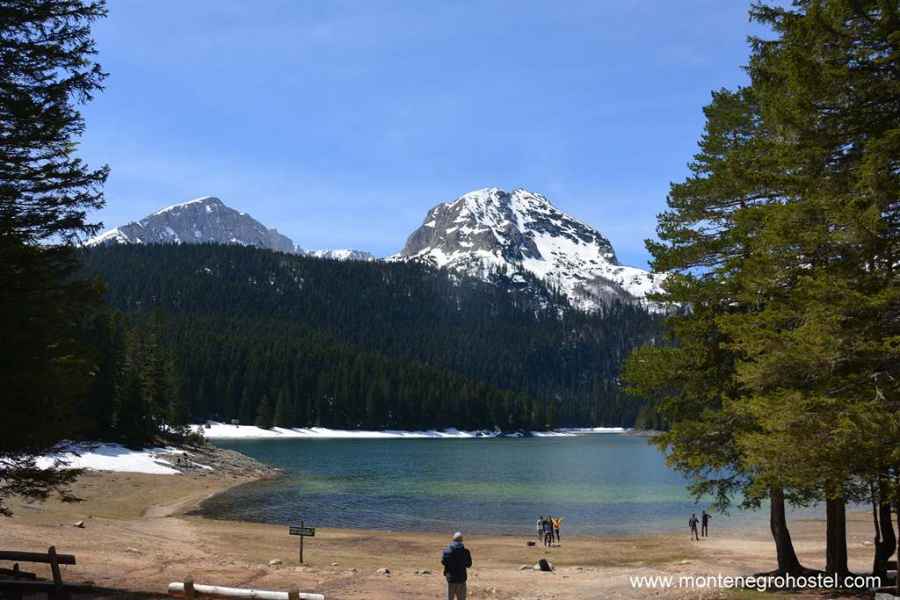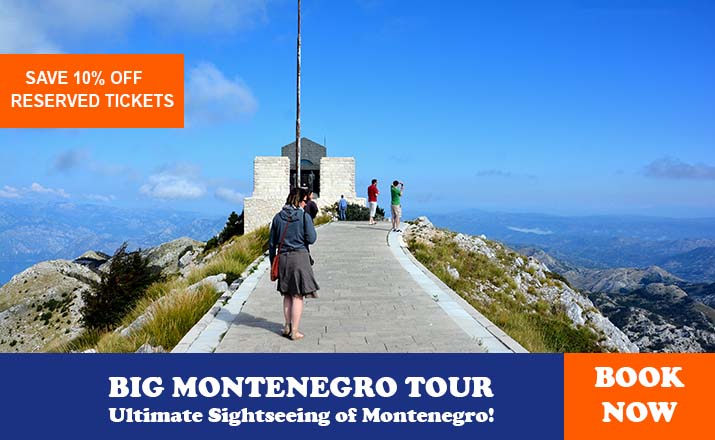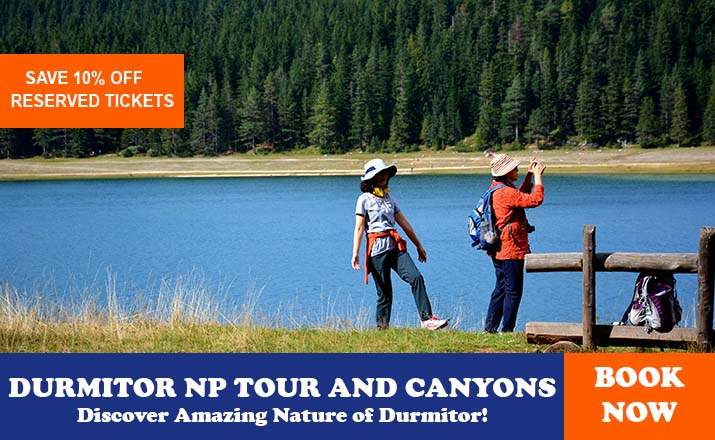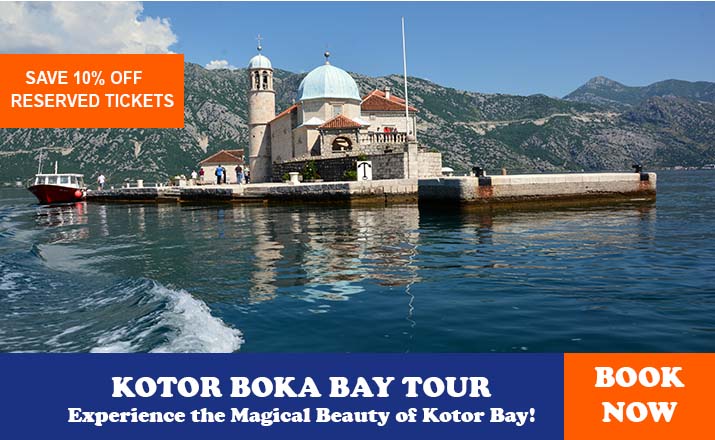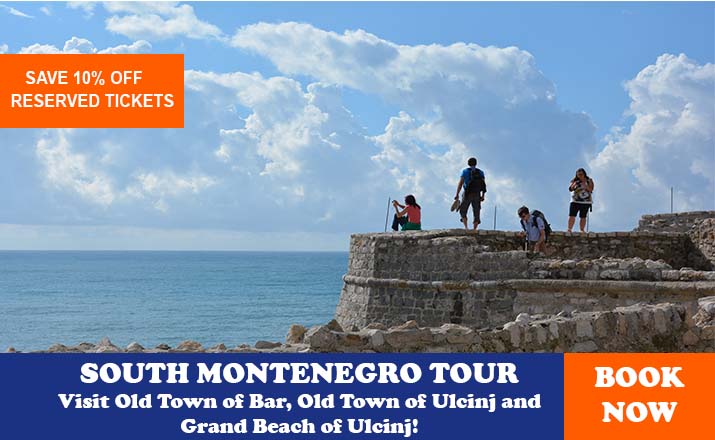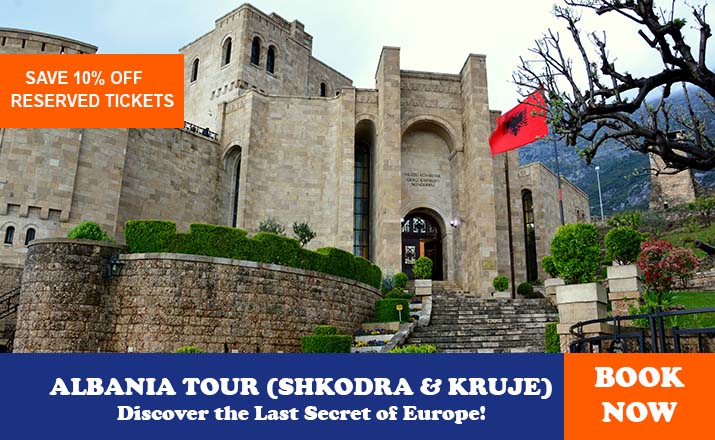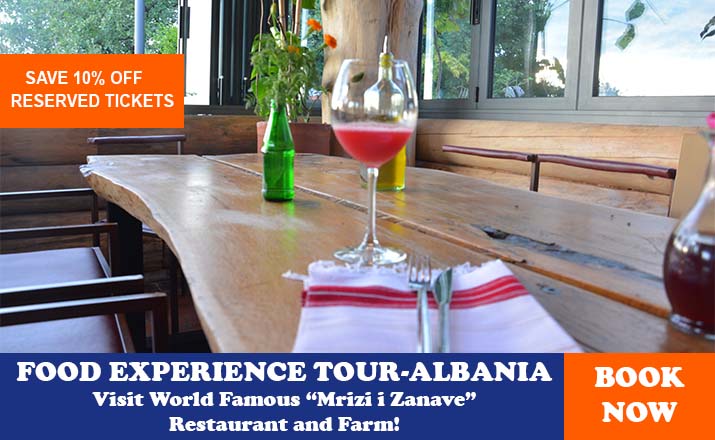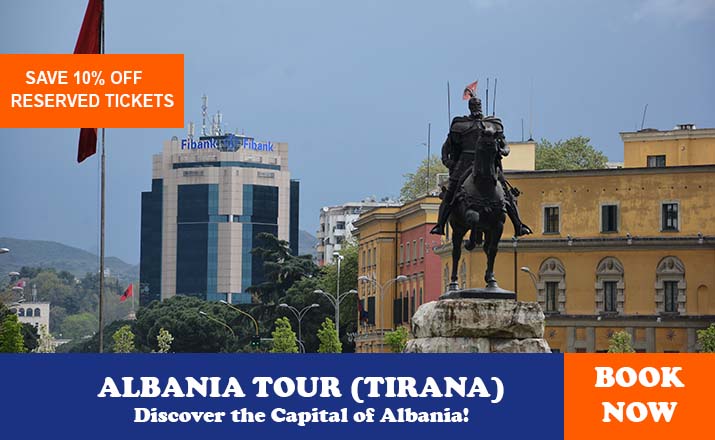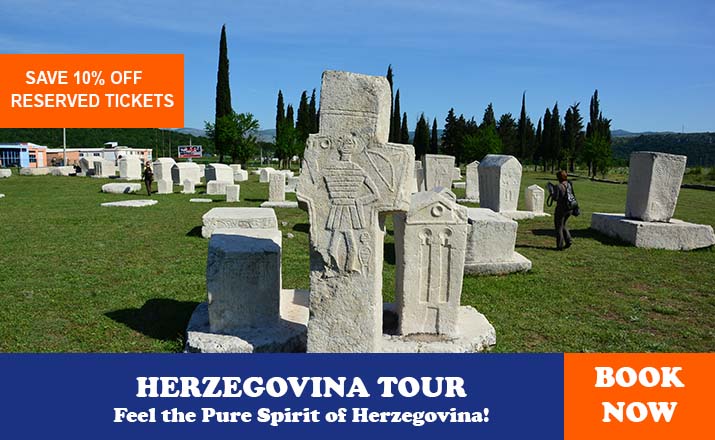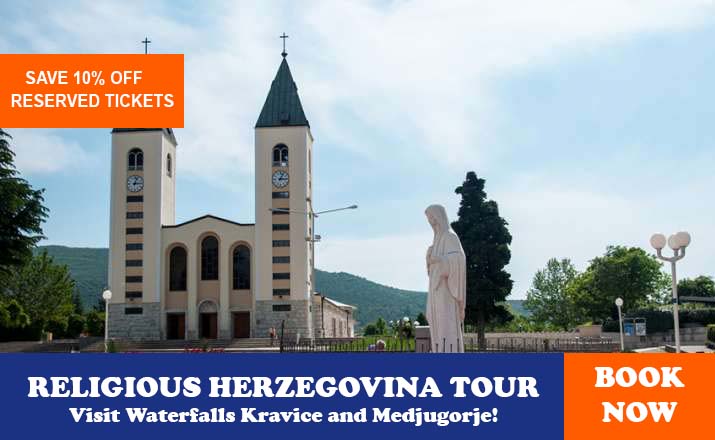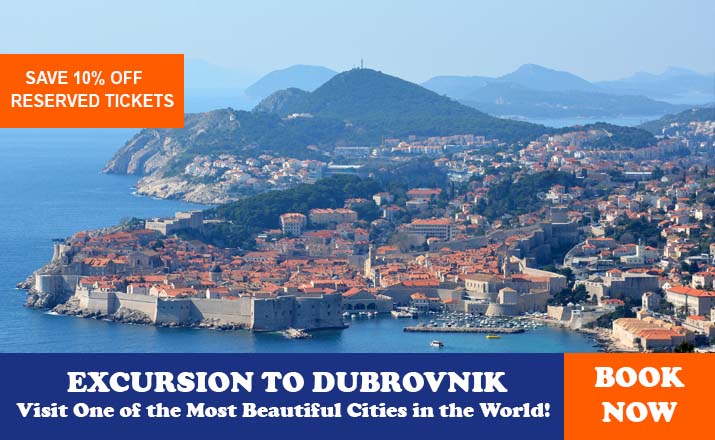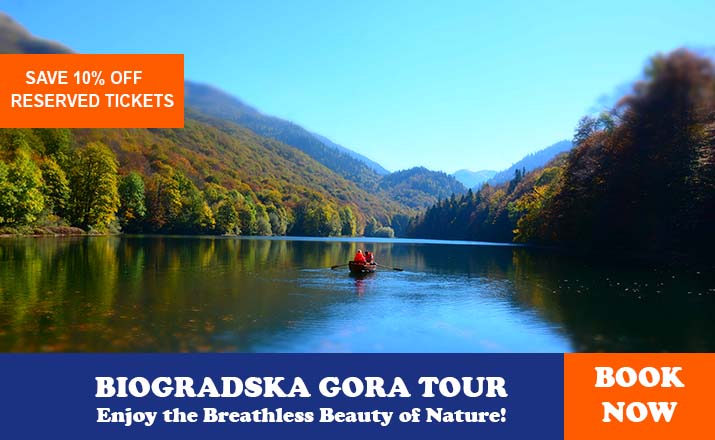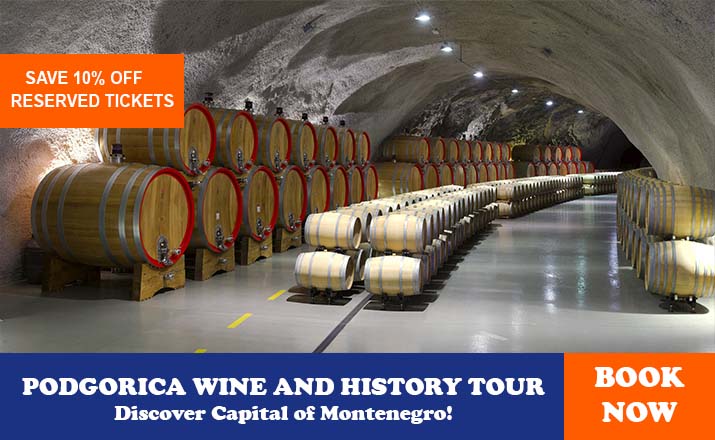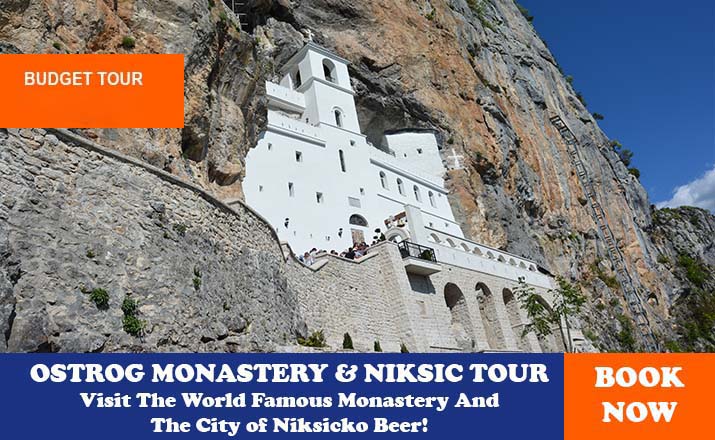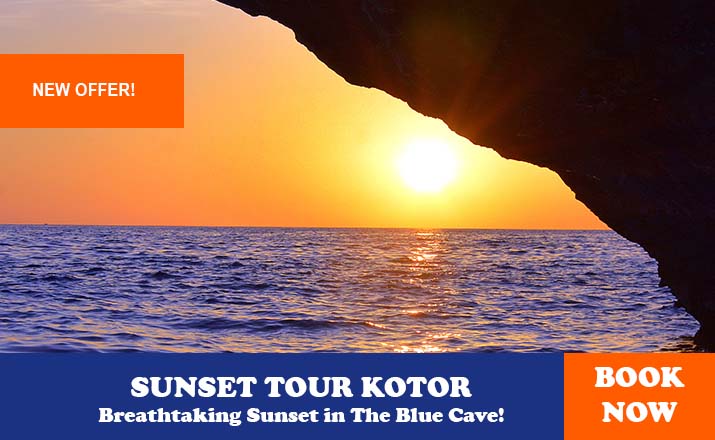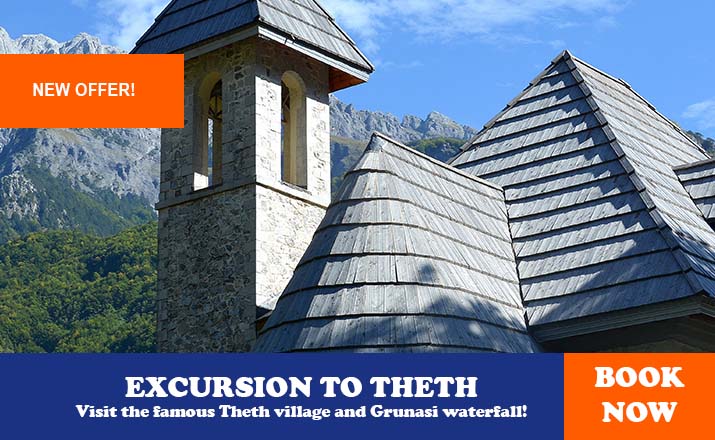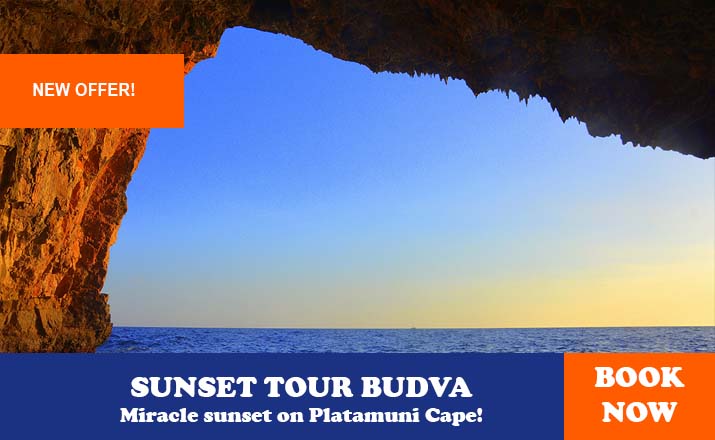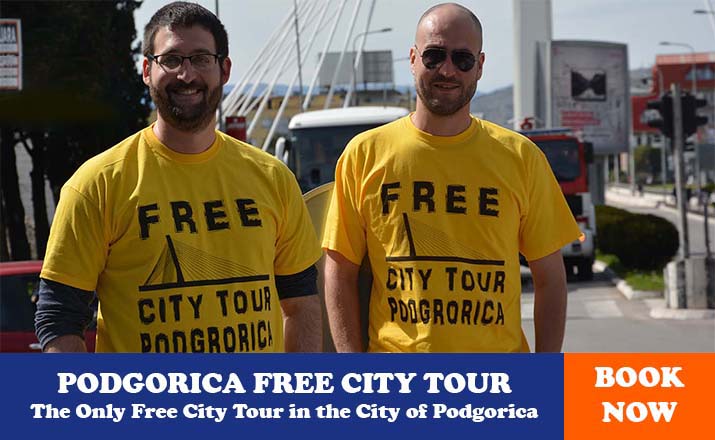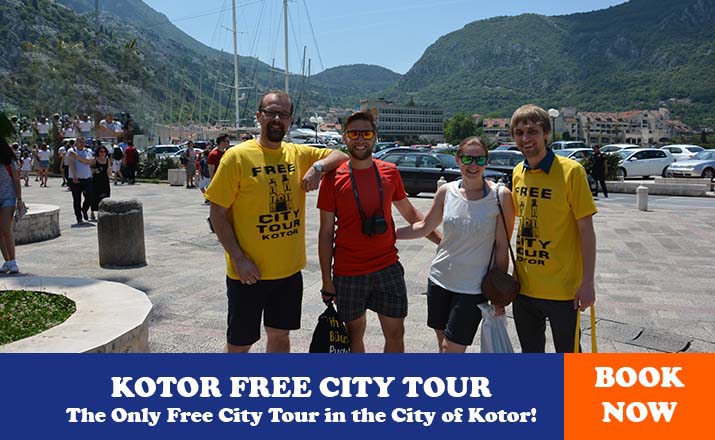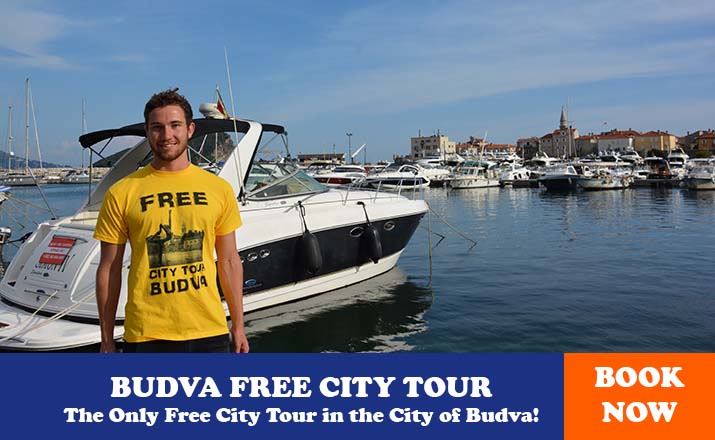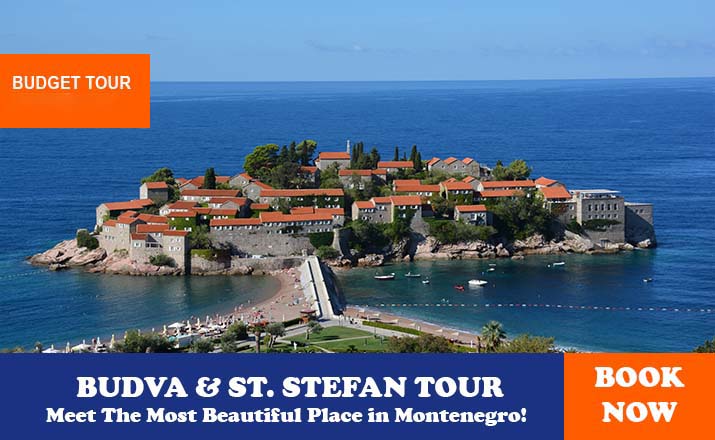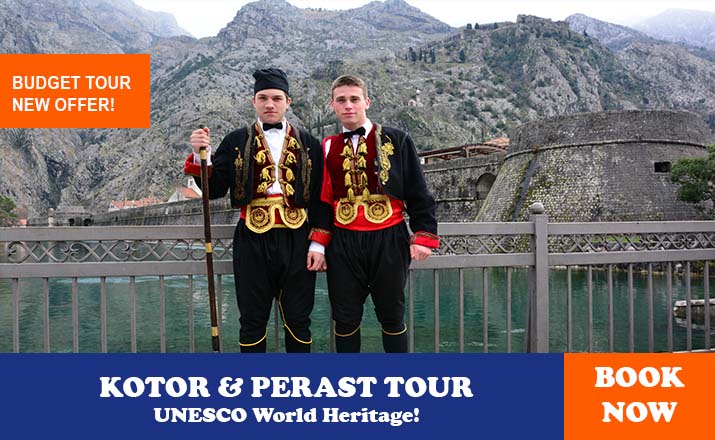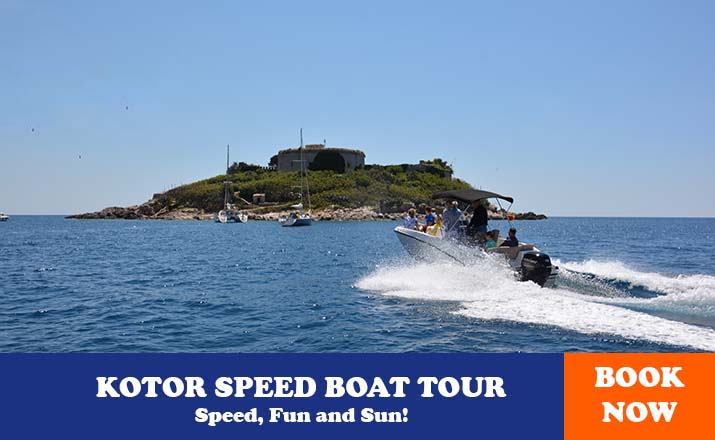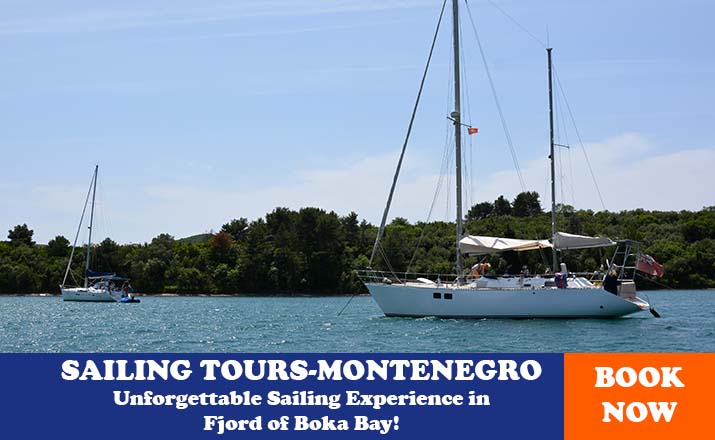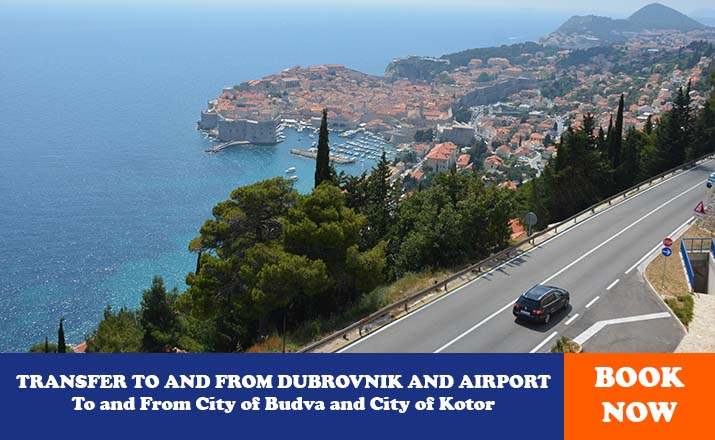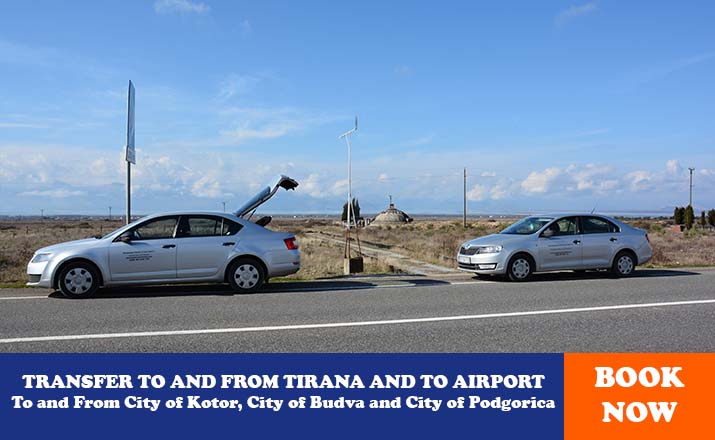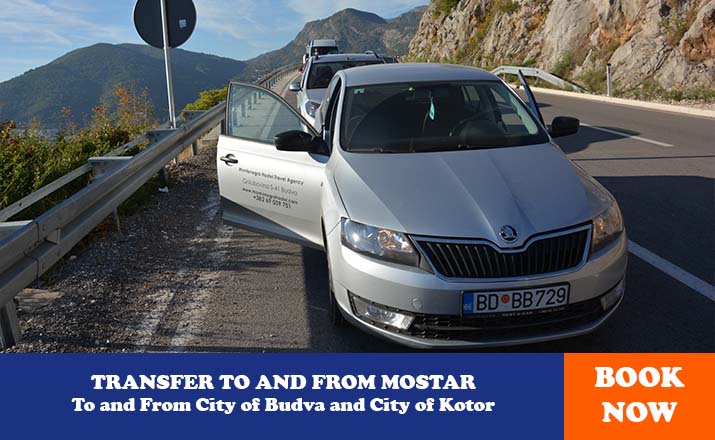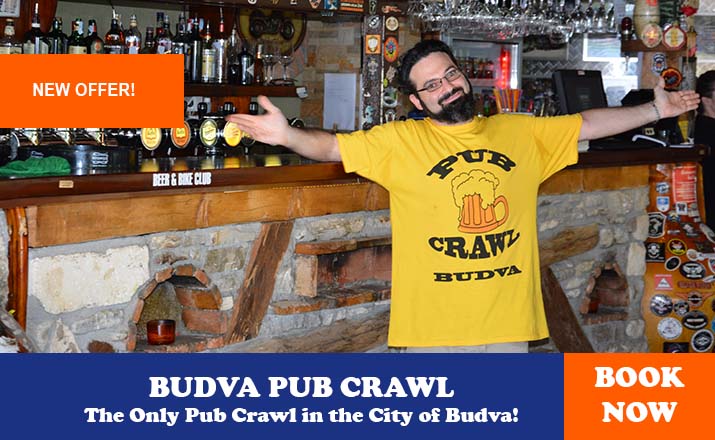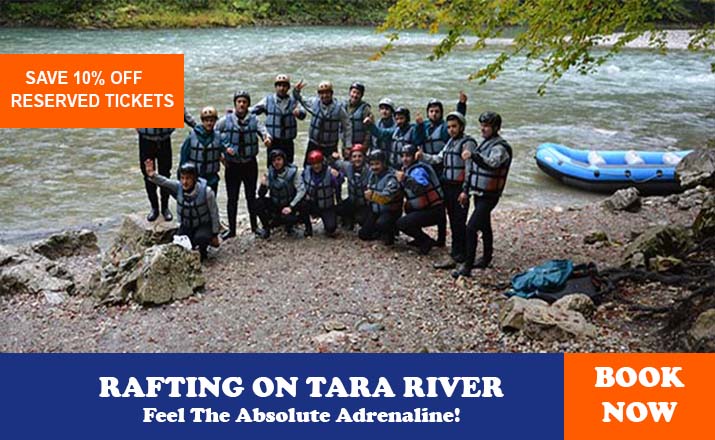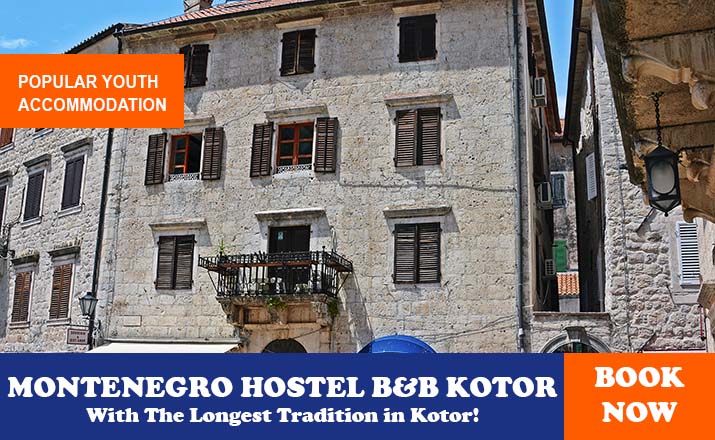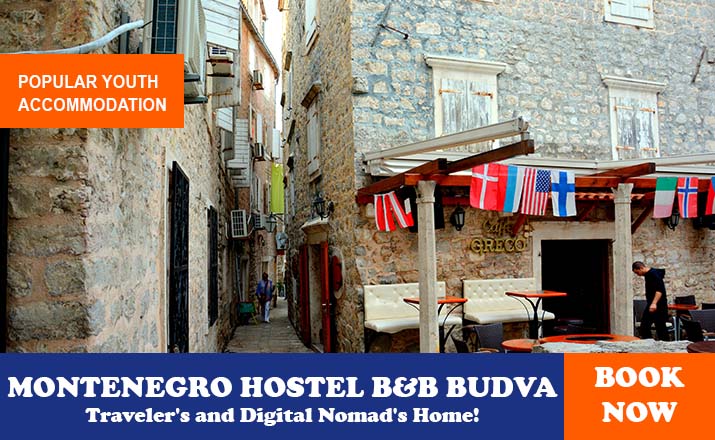ABOUT DURMITOR NATIONAL PARK
DURMITOR NATIONAL PARK
The mountain massif of Durmitor is a cluster of 48 rocky peaks above 2000 meters, crowned by 2,523 m high Bobotov Kuk, which is the highest point of Montenegro. Its exceptionally stunning looks are because its rocky sides rise suddenly from the high tableland of Jezera and Pivska Planina and have granted it the nickname of Soa nebeska –“The Pillar of Heavens”. The 20 by 10 km massif is one of the largest in the Dinaric Alps, and its furrowed scenery contains several exceptionally beautiful “mountain eyes” (gorske oči). In summer, Durmitor offers many opportunities for walkers, hikers, and alpinists, while as a winter resort, it attracts many skiers. The canyons of Tara and Sušica rivers on the massif’s north and west side separate it from the rest of the world, Mount Sinjajevina lens to its south, and serene grasslands of Jezera-“Lakes”, where most of the villages are, spread to its east.
The lower regions of the massif are covered in fir, pine, and juniper. In some places, you will see an interesting feature, an inversion of forest cover in which shrubs of birch appear above the level of conifers. In the fields and clinging to the rocks, there are many interesting and endemic flower species to be found, such as Nikola’s violet or Tara bellflower. In contrast to the abundance of flora, the wildlife is rather scarce: chamois are the most common, there is a fair number of foxes and rabbits, and rarely a wolf or a bear. On the other hand, birdlife is faring better, so you are likely to see a grouse, a partridge, or such giants as the grey mountain eagle and white-headed vulture.
Lots of water in lakes and ponds, and excellent grazing pastures at higher altitudes, made this area attractive for sheep and cattle breeding even in the driest of summers. This can be witnessed even in the name “Durmitor,” which derives from the Latin dormire and dormitorio and is connected with spending summers sleeping in the mountains, a method used by the shepherds to this day. Today, the surroundings of Durmitor are settled mostly by the Drobnjaci clan, which has expanded here from the original grounds further to the south. Durmitor was almost the outer the world until the 1880s when it was described by scientists from Russia and Serbia.
The first man to climb Bobotov Kuk as an alpinist was Austrian Oskar Baumann in 1883, but tourism on Durmitor started only after the mountain was visited in the 1920s by mountaineers from Belgrade and Zagreb. Their delighted reports about its beauties spread rapidly, and soon more followed in their steps. After a successful 1932 German-Yugoslav movie, “The Phantom of Durmitor,” commercial tourism started, and the first hotel was built in 1940. The area was declared a National Park in 195,2 and in 1980 it was listed among UNESCO’s World Heritage sites.
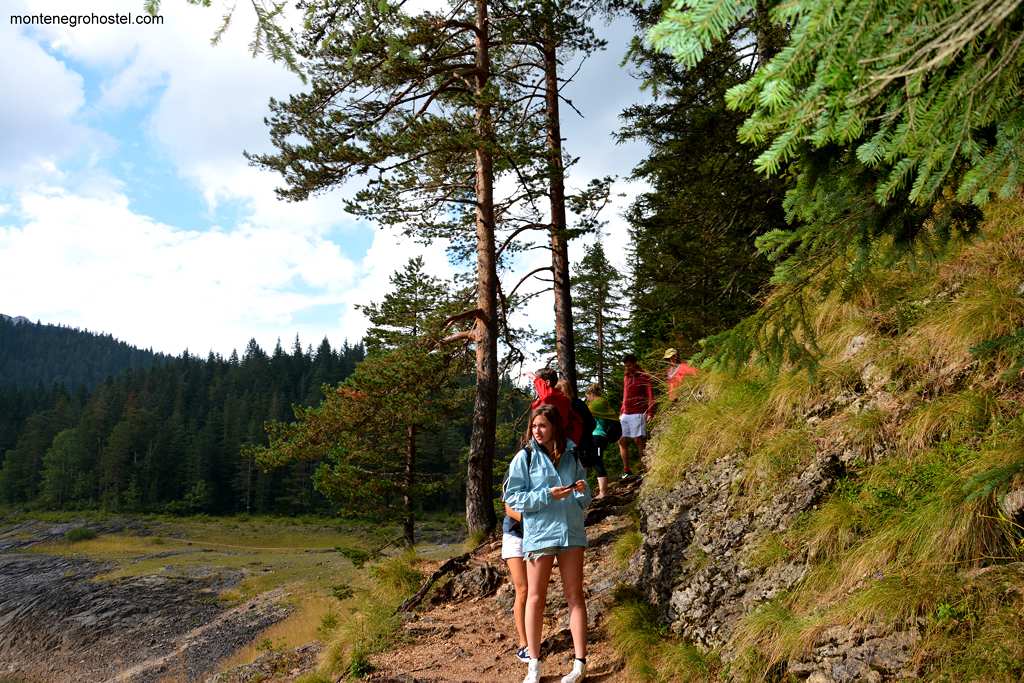
The center of the Jezera plateau and tourism on Durmitor is the town of Žabljak, keeping its olden looks with many nice wooden houses and steep roofs. The logs stacked at the front of the houses warn about the winter colds and the snow that can reach a height of several meters. The town is young in origin: it came to being in 1870 when, in the place of an old caravan stop, a school, a church, and the home of the clan captain were built. Scattered around its modest center are old and new hotels as well as groups of weekend homes.
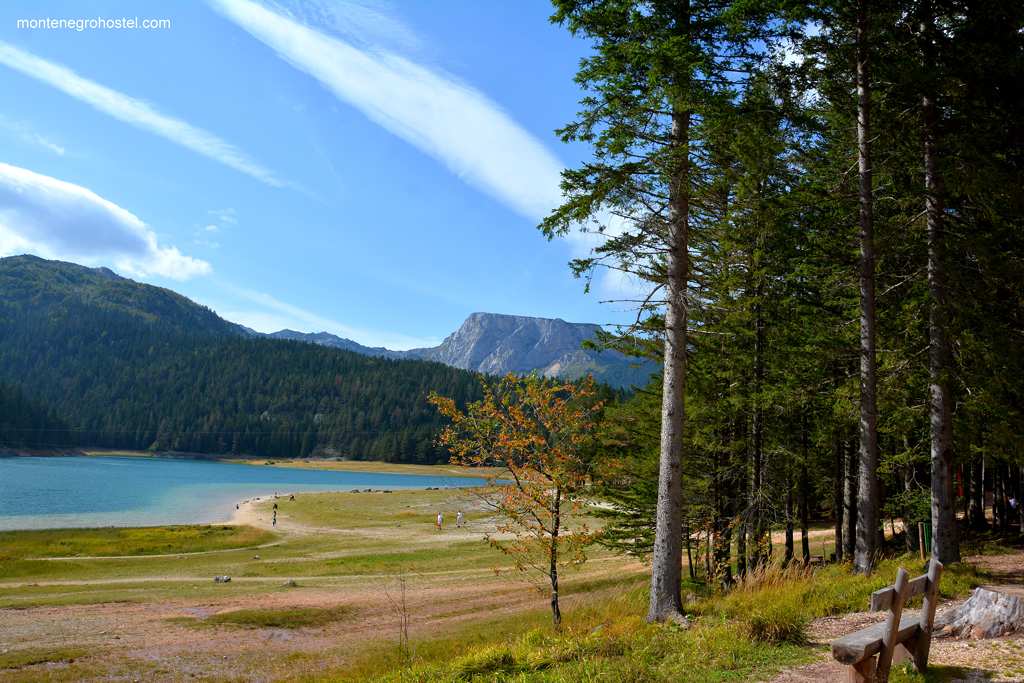
The town’s main sight is the white stone mausoleum rising from the cemetery overlooking the town. It was built in memory of 2441 men and women from the area who gave their lives in WWII, amongst them four were honored with the title of National Heroes, whose busts you can see inside; behind them is a relief by Rade Stankovic depicting the uprising against the occupation. Rising just to the south of the town is the peak Javorovača (1,529 m), with two ski lifts leading to its top from where you will enjoy a panoramic view of the Jezera plateau. Walking towards the mountain, you will pass the seat of the National Park administration located just in front of the car ramp. It houses the national history collection (Prirodnjačka zbirka), presenting the flora and wildlife of Durmitor. Behind the ramp, you enter the zone of the highest protection.
A few minutes walk from here, you will reach the shores of Crno jezero (“Black lake”), whose color is due to its depth (49 m) and the thick forest surrounding it. This beautiful lake lies at the foot of the massif, making a picturesque sight, especially in nice weather when the steep Medjed and other peaks mirror its calm surface. The lake consists of two parts, the large one and the “Small Lake”, connected by the narrow strip of water which breaks in dry summers.
The water in the lake is very refreshing, even on the hottest summer day, and never rises above 22ºC. The best way to enjoy Black Lake’s many beauties is to take the circular route around it (lasting roughly one hour). Another pleasant route is a half-hour walk from Black Lake along Mlinski potok stream through thick pine and fir woods, which will take you to Zminje jezero (“Snake Lake”). This lake of dark green color is abundant in marshy vegetation and surrounded by tall firs and spruce, some over 300 years old. In its clean fins, the trout and triton, a rare species of amphibian.
A day-and-a-half walk along the road to Tepca village to the north of Žabljak will guide you through inspiring pastures and woods and to the Ćurovac viewpoint. On the road, keep going right until the fourth fork, where you should turn left. From the road, there is a marked path to Ćurovac (20 min). Watch your step, for in front of you opens suddenly a 1,100 m deep abyss with stunning views of the river Tara. Far below to the left is the village of Tepca, nested in the only widening in the canyon; though it might seem within a stone’s throw, it is more than an hour on foot.
From Black Lake and its restaurant, there is a two-hour walk through the woods to the foot of Savin kuk. This is the focal point of skiing in winter, but in summer it is interesting for a ride with the ski-lift to Savina voda spring at 2,200 m. The legend tells that water appeared in a strangely high place when St Sava made a cross with his stick, with a request to God to drench the thirst of the pupil he climbed with. A short ascent will take you to the top of Savin kuk (2,330m), from where one enjoys views of almost the entire massif.
For those who come to Durmitor by car, there are several interesting spots to visit, all within a short drive on the Jezera plateau. Driving on the road south toward Šavnik, take the first sharp left turn. This will lead you to Vražje (Devil’s) and Riblje (Fish) lakes, with their grey waters contrasting with green marshland and golden grassland surrounding them. The legend says that a winged horse lived in Vražje Lake and would come out at night to make love to mares; after finishing the act, he would kick them in the belly so that they could not have offspring like him. When Vojvoda Momčilo, a hero of epic songs, heard about this, he snuck up to the lake one night, waited patiently until the stallion did his work, and then suddenly jumped on the mare and escaped.
The mare gave birth to the winged horse Jabučilo, who served his master in his many adventures. Above Riblje Lake stands Grčko groblje-"Greek cemetery, a necropolis with several interesting stećak tombstones covered in colorful moss. The name (“Greek cemetery”) is misleading; the term “Greek” was used by the locals for all things very old, which they didn’t know to whom it belonged. If you liked this one, you might want to see another necropolis (with the same name) one kilometer further in Bare Žugića village. Returning on the southbound road towards Šavnik, you will reach the village of Donja Bukovica with its Roman Bridge standing across the river Bukovica. It is a single-span bridge, whose stone is almost untouched by two millennia of its existence. Its height of ten meters depicts the force of the river in springtime.
Departing westward from the road towards Plužine, which lies behind the west face of the massif, the unknown and rarely visited side of Durmitor. First, you will pass the fantastic shape of Stožina hill and then the Valovito jezero lake, found in the depths underneath the stone peaks; after the Sedlo pass, you will enter the green vale of Dobri do, with several katuni (seasonal shepherd’s dwellings) still in function. The road improves from Lokvice, where you will find an interesting restaurant run by the local cooperative, where all produce is fresh and drinks are cooled in the wooden trough filled with snow and ice from the mountain. The road continues further across the Piva plateau.
One-hour ride to the NW of Žabljak via the restaurant “Momčilov grad” will guide you past some stunning views and the village of Crna Gora (Mala Crna Gora). This village stands isolated in a triangle of land bordered on two sides by the canyons of Tara and Sušica and on the third by the mass of Durmitor. On all three sides, one enjoys excellent views; additionally, there are several wooden houses with steep shingled roofs, which are fine examples of local architecture. Note that these houses were built entirely with wood, without using even one nail.
By far the most beautiful way to enjoy Durmitor is to hike through its massif. Numerous well-marked paths crisscross it, two mountain sanctuaries for those surprised by the rain of nightfall (one in Lokvice and the other by the Debeli namet), and two mountain huts in Škrka valley and Sušica canyon, on the west side of the massif. Be sure to take with you a detailed map, and enough water and clothes, as the weather can change rapidly. We recommend several interesting tours, but there are several possibilities to combine on your own. The easiest one is to the quaint Jablan jezero lake and then to the top of the Crvena greda- "Red Cliff" (2,164 m) and back. The tour to Obla glava by Stari Katun, one of the valleys with summer homes of shepherds (katun), will allow you to descend to the Ledena pećina-“Ice Cave” in which snow and ice melt only in the warmest of summers.
The return is around Čvorov bogaz ridge and through Lokvice. Our third recommended tour will take you steeply up Medjed-“Bear” ridge with an excellent view of the Black Lake lying directly underneath you and the middle of the rocky massif. The gently ascending ridge tour will take you from Mali Medvjed (2,170 m) to Južni Vrh (2,287 m, 4 hours to this point), after which the path descends to Debeli namet, a patch of everlasting snow, the last remains of mighty glaciers that shaped the look of Durmitor.
The route returns to Black Lake via Struga and Mioč poljana. The latter is also along the way to your next route, whose first part takes you to the food of Savin kuk. The ascent to its top is either on foot or by ski lift. The route Šljeme (2,455 m), the third highest peak in the whole massif, has a very dangerous climb through Kotao, and afterward continues along the ridge. The return is via Čista strana. The fifth tour leads us past the Zminje jezero through Donja i Gornja Ališnica (Lower and Upper Alisnica) to the top of Planinca (2,330 m, 4 hours in all) commanding views of the glacier-circ valley of Škrčka Lakes. A one-hour descent will take you to its mountain hut ( open from the 1st of June to the 1st of October).
This valley joins with the canyon of the river Sušica to the north. The river starts from the Sušičko Lakes and continues northwards to the Tara, disappearing underground several times. Both the river and the lake got their name after their occasional drying up. The tour to Bobotov kuk from the side of Žabljak is very long and takes 6 hours one way, so those who are not in excellent condition climb it from the west side of the massif, either from the mountain hut in Škrka (3h) or from Uredni do, to which you can drive.
Starting from the latter, you will pass Šareni pasevi, a natural phenomenon where you can see numerous geological layers brought to the surface by tectonic movements. On the other side, you see Zupci-“Saw Teeth”, a series of very steep peaks. After Zeleni vir pool starts to ascend first to Djevojka and then to Bobotov Kuk (3 hours in all) with rewarding panoramic views to all sides. Skiing in Durmotor is located on the hill of Savin kuk where there are seven ski-lifts and several pistes. In winter, every hour, there is a bus going from the center of Žabljak to the foot of the Savin Kuk. There are two more ski lifts on Javorovača, closer to the center of the town.
FLORA AND FAUNA
Durmitor is the highest mountain Dinarida, and represents one of the centers of development of flora, with representatives of alpine and arctic floral elements on the slopes. In particular, in the canyon valleys are encountered submediterranean, even Mediterranean flora elements are encountered, while peatland enclaves are characteristic of the Siberian taiga. Vegetation cover is represented by several plant communities of forest ecosystems, mountain meadows, pastures, rock crevices, rocky screes, peat bogs, freshwater ecosystems, and others.
Forests occupy a relatively small surface area (high forest 8%, offspring 2%, thicket and bush 13%), but some of them are rare in nature as the black pine forest at the site Crna Poda, whose grand trees can go up to 50 m high, resisting the time of full 450 years. Of the 1,325 species of flora of Durmitor and the surrounding canyons, 898 species belong to high mountainous flora (over 1500 meters). Endemics make up 15% of the total high mountain flora (122 species), while about the total endemic flora of Durmitor 77% of high mountain flora is endemic. Endemic species: white-bark pine, Mountain maple, Montenegrin bellflower, Glisic bellflower, Brau-Blankeov Valeria, Albanian lily, Nikolayev violet, Cojzova violet, Bosnian iris, Montenegrin milkweed, etc.
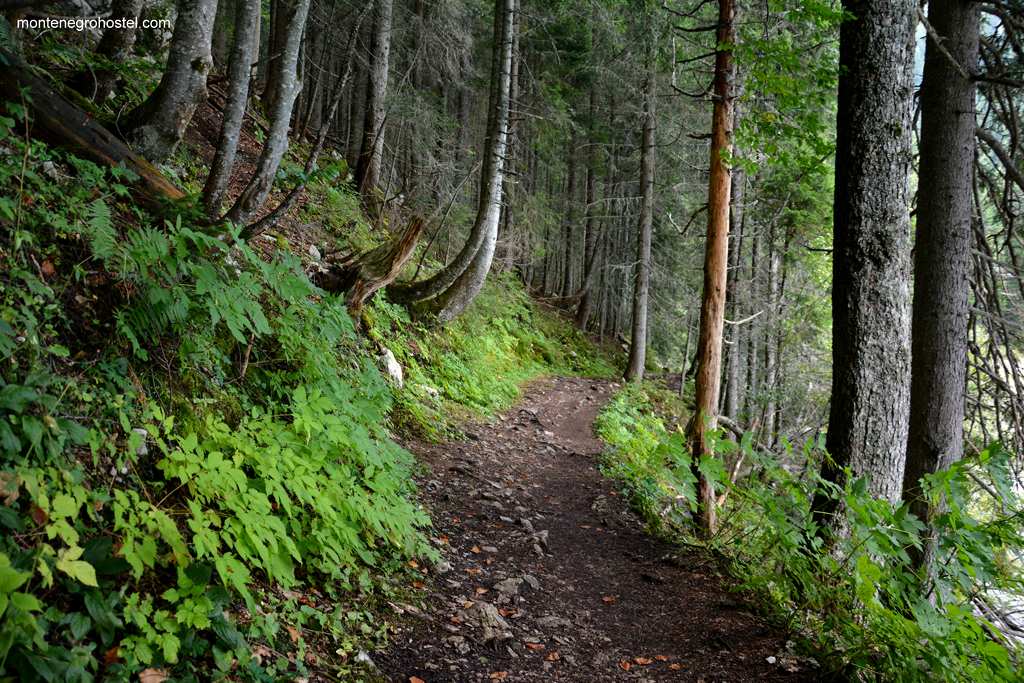
CULTURE
The rich and layered cultural and historical heritage of Durmitor can be traced from the earliest prehistoric eras to the present day, where they have continuously rotated influences of different cultures. The preserved remains of prehistoric testify to the Illyrians' stay in this area. From the time of Roman domination remained clear evidence in the wider area of the park, like stone bridges, and caravan routes. Medieval necropolis with a stylized tombstone, debris, and Turkey's bridge along the old Turkish border, ancient ruins of fortification Pirlitor, and three monasteries in the valley of Tara, resulting from the fifteenth to the seventeenth century. Durmitor's place of traditional heritage is diverse architectural heritage with individual examples of the rural cabins on pastures, shepherd's huts, and wooden watermills on the flow of the rivers. The special value of cultural traditions representing national spiritual creativity is expressed through legends and myths, anecdotes and proverbs, epic poetry, and partisan songs, inspired by nature, personalities, and events in Durmitor.
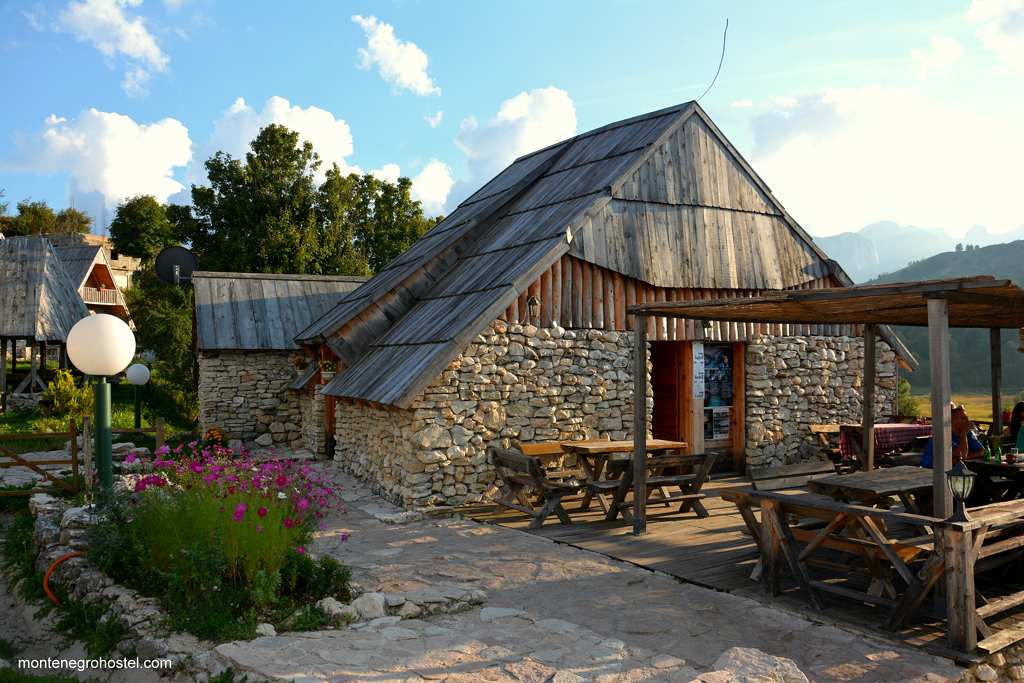
TRADITIONAL ARCHITECTURE
The construction of traditional secular architecture, which has disappeared, has an important place within the cultural heritage of Durmitor. National architecture characterizes types of farmhouses in stone masonry, and built huts with a stone retaining wall, with steep roofs covered with rye straw. Winter habitats in summer pastures are shepherd dwellings in the mountains, used barns, huts, and shepherd's huts. Several pastures are mostly formed in the troughs above the village of the mountain range (Sljivansko Borev to, pasture Kaluđerski, Ališnica, large and small Štuoc, Lokvice, Orin pasture, Sibalic pasture, Pašina water, etc.). Watermills and valjanice (stupa) were built with stone and brick. There are Mlinska stream, Ljutici, Tepacko stream, Bukovica, Komarnica, etc.
Montenegro Hostel Team

